Established in 1906, the park preserves the archeological heritage of the Ancestral Pueblo people that lived here from AD 550 to 1300. There are about 5,000 known archeological sites including 600 cliff dwellings in the park. In 1978, Mesa Verde was designated a World Heritage Site. There were over 600,000 visitors in 2017.
Our first stop, as always, was the Visitor Center.
Check out the impressive bronze sculpture near the entrance. Entitled The Ancient Ones, by Edward J. Fraughton, it depicts an Ancestral Puebloan climbing a cliff face using hand and toe holds with a bundle of firewood. (We heard comments from locals that it should be a woman in the sculpture as they were the ones who carried firewood to the dwelling!) The many Native Americans who support Mesa Verde National Park are listed on a plaque next to a wall commemorating their heritage.
And from the parking lot there is a beautiful view of the San Juan Mountains (part of the southern Rockies).
Don’t miss the exhibits about the people who lived here. Seeing them helped me to imagine what it must have been like during those times (although the average life expectancy was only 35 years old).
The gift shop features the traditional black-on-white pottery made here and other items of interest.
We picked up maps/brochures and headed south on Chapin Mesa Road to the Mesa Top Loop self-guiding auto tour.
We stopped at various sites of interest along the way. The first was the Mancos Valley Overlook.
This section of the Knife Edge Road (first built in 1914 to access the park) stopped being used when a tunnel was built nearby.
Montezuma Valley (shown below) was home to about 35,000 Ancestral Puebloans in the 1200s. Hundreds of villages existed on the mesas, plateaus and canyons.
Park Point is the highest elevation on the Mesa and provides a panoramic view of much of the park. A trail leads to the top and it’s well worth your time to walk to the top!
If you are interested in the geology of the area, be sure to check out Geologic Overlook.
We continued south and parked near the Chapin Mesa Archeological Museum.
Before visiting it though, we walked to the rear of the museum to see Spruce Tree House.
Built between AD 1200-1278, Spruce Tree House is the best-preserved cliff dwelling (and the third largest) in the park. It has 120 rooms, 10 associated lodge rooms, 8 kivas and 2 towers accommodating 60 to 90 people (19 households). Self-guided tours were previously available, but due to falling rocks, Spruce Tree House is closed to the public. Stabilization treatments are anticipated in 2019. This terrace provides a great view of the dwelling.
There are exhibits, an introductory video, and a gift shop are at the museum. We particularly enjoyed seeing the various artifacts on display that have been found in the park.
From the museum, we continued on to the Mesa Top Loop Drive (6- miles, one-way) where there are archeological sites and cliff dwelling overlooks. The first stop is at a pithouse constructed around AD 550 to 600. It was basically a shallow pit covered with pole and mud roofs and walls, entered from the roof. One large room was for cooking, sleeping, everyday living etc., and a small antechamber for storage. These ruins are under a shelter in the attempt to preserve them.
Navajo Canyon is a deep,, sandstone-walled canyon where many cliff dwellings have been found. Hand-and-toe-hold trails once existed up and down the cliffs here connecting communities to one another.
The Square Tower House (in Navajo Canyon) can be seen from the overlook. Named for the large four-story structure against the curving back wall of the alcove, it was built between AD 1200 and 1300.
Access to the community was via hand-and-toe holds in the cliff walls. About 60 of the original 80 rooms of Square Tower remain.
At the next stop are deeper pithouses, an early pueblo village foundation (AD 700-950), and kiva (ceremonial room). These, too, are covered by a structure to protect them.
The Mesa Top Sites were built between AD 900 and 1100. Archeological digs revealed there were actually three different villages built here.
Sun Point Pueblo was built in the 1200s and is located near a group of other sites including Cliff Palace. It was only inhabited for about 10 years before being abandoned.
At first, Sun Point View is just a beautiful canyon, but if you look closer you will see many pueblo ruins in the alcoves.
The Oak Tree House built around AD 1250 and had 50 rooms and 6 kivas.
Archeologists believe the Fire Temple was built for ceremonial and community use. Note that structures were built on both ledges of the alcove.
The 30-room Sun Temple was built atop the mesa and was never completed. The design included twin kivas, side-by-side, and other rooms in a symmetrical design (assumed to be a place of worship).
On the opposite side of the canyon is the impressive Cliff Palace, the largest cliff dwelling in North America. Excavated in 1909, it has 150 rooms, 75 constructed open areas, and 21 kivas. With construction from AD 1190 to 1280, 100 to 120 people lived here.
We highly recommend the Top Mesa Loop auto tour! We loved seeing all of the cliff dwellings along the way.
Our last stop as we retraced our route north on Chapin Mesa Road, was Far View, an ancient farming community from AD 900 to 1300. This was a densely populated area due too the ample water supply. There are several excavated sites here. The Far View House was a 2-story structure with 40 rooms on the first floor believed to be the community center.
Below is the Pipe Shrine House (named for the many decorated tobacco pipes found here). Also shown is Coyote Village where an estimated 40-50 people lived.
Archeologists believe Mummy Lake was an artificial reservoir built to collect/store water for the people in Far View. The area of the reservoir is 25 acres and was a huge construction undertaking. It was used for about 300 years until sediment and drought left it without water.
The Far View Tower was built in the 1200s. Three kivas area located nearby that were built around the same time as the tower. About 60 towers (in total) have been found in the park.
What a day! We both loved the sights we saw today. Add this place to your bucket list. It is truly amazing. I so admire the people that built these dwellings and lived here. What a fascinating time in American history. This National Park is in the top 5 for me!
For additional information about Mesa Verde National Park, go to www.nps.gov/meve.
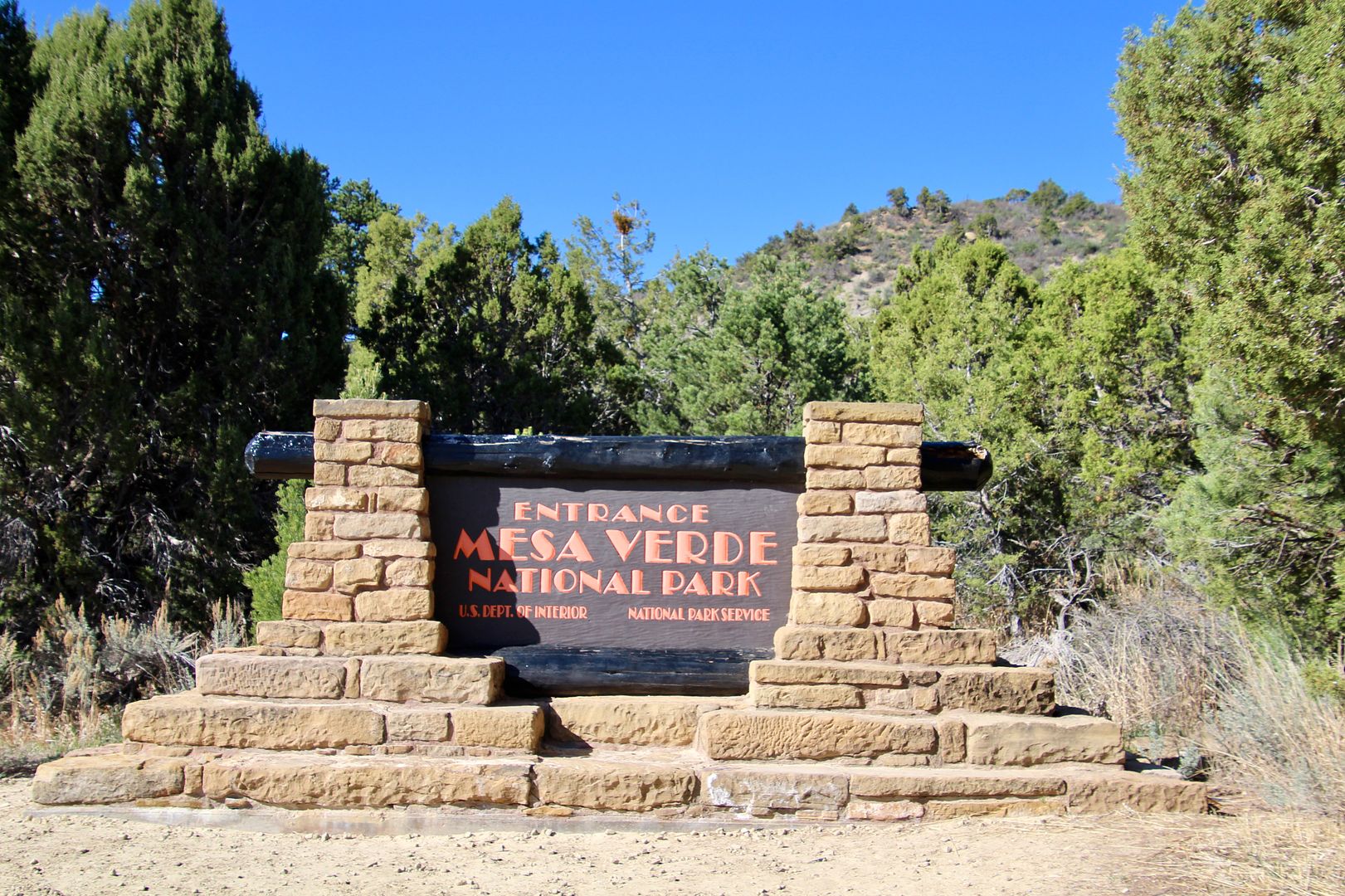
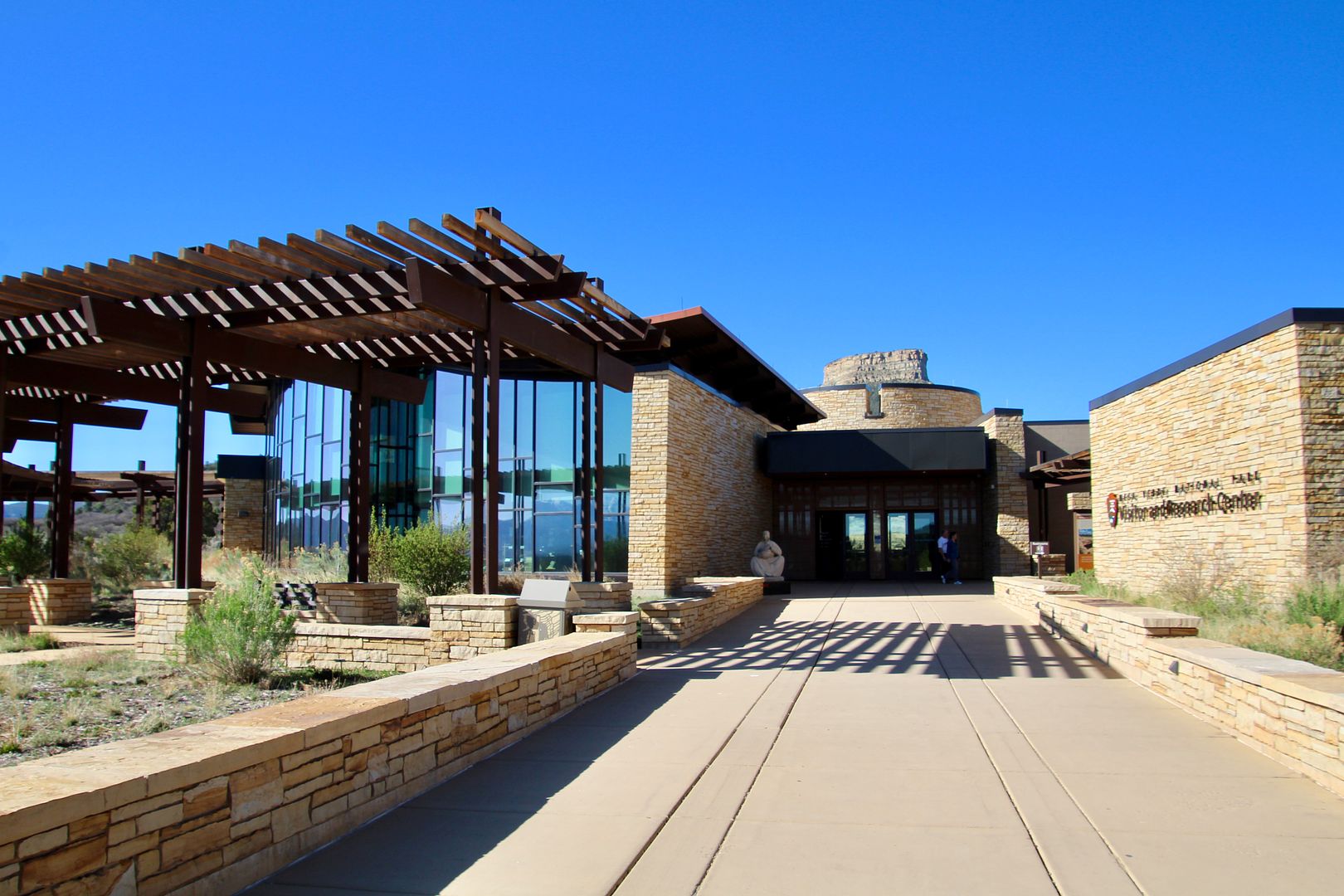
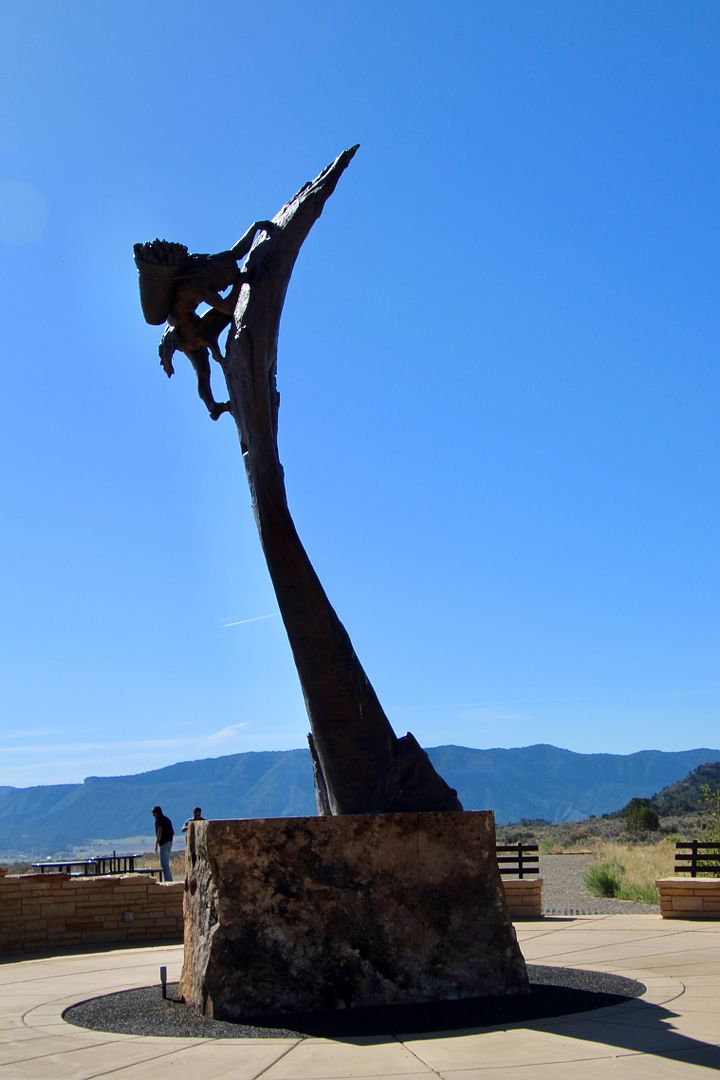
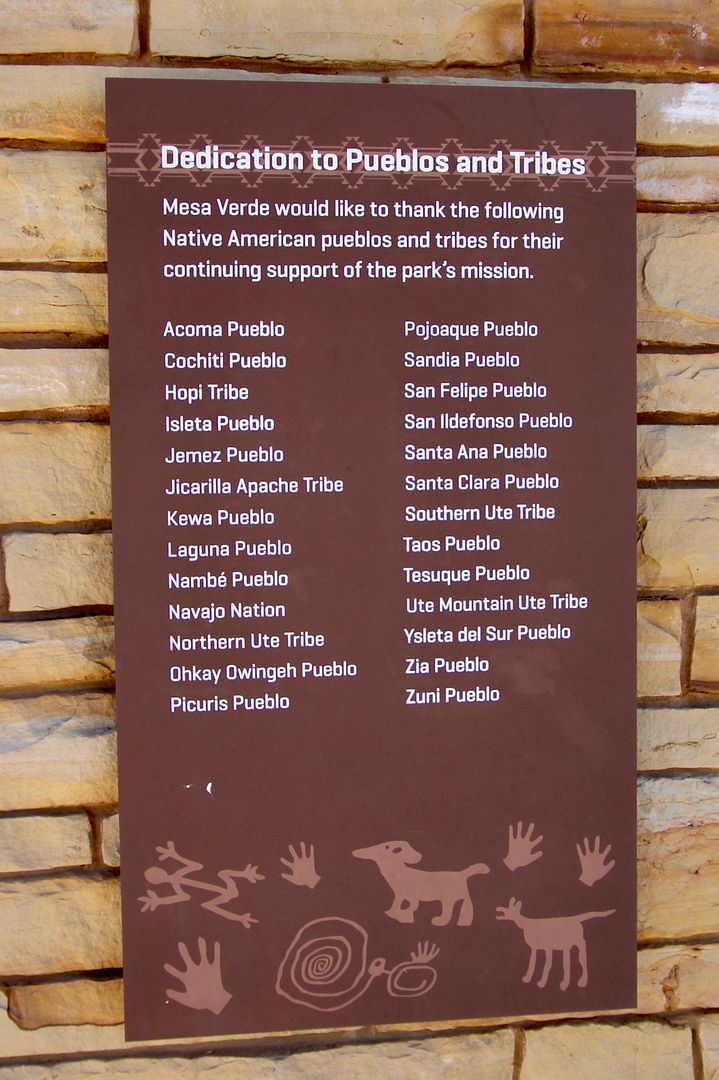

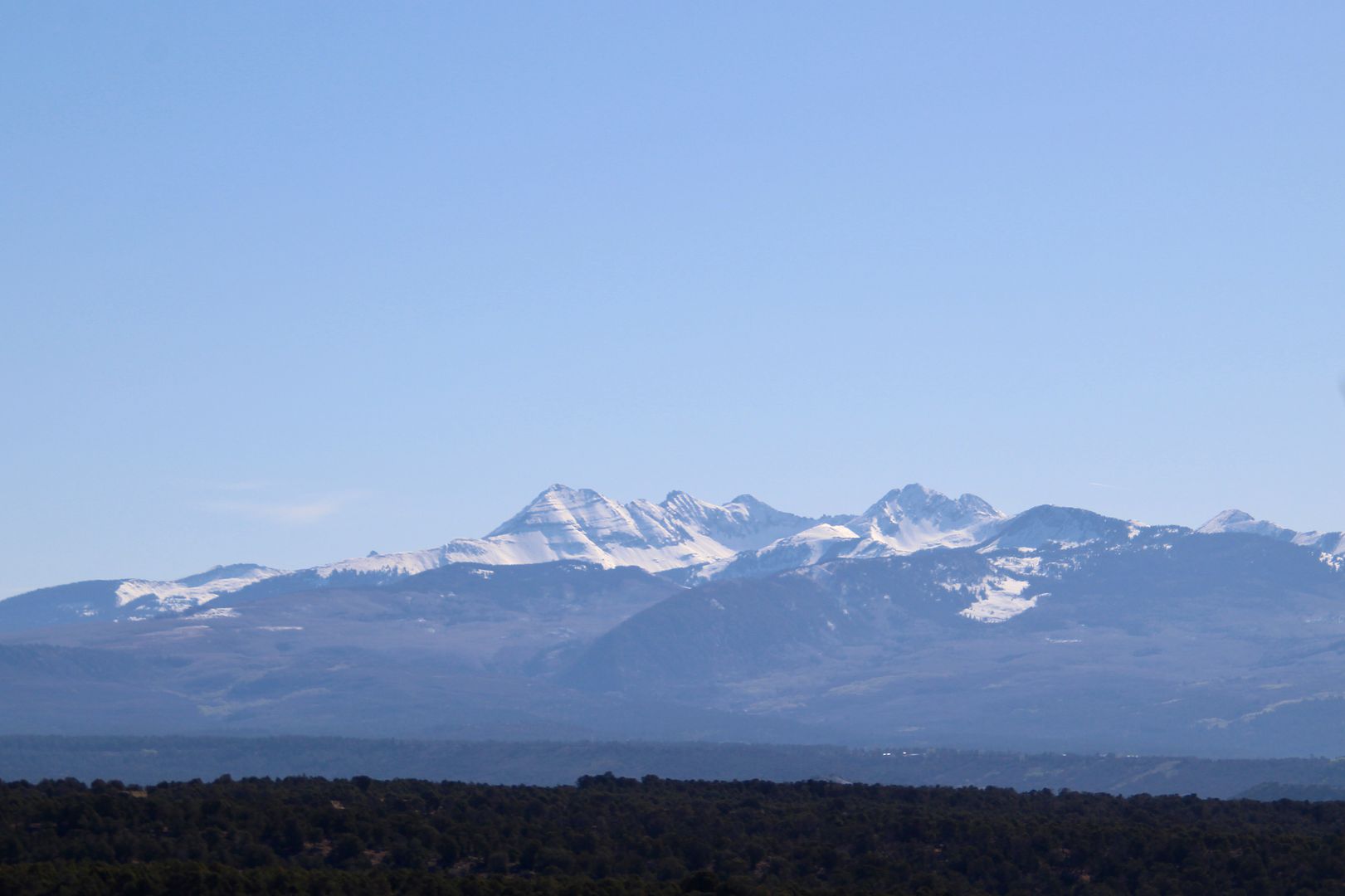
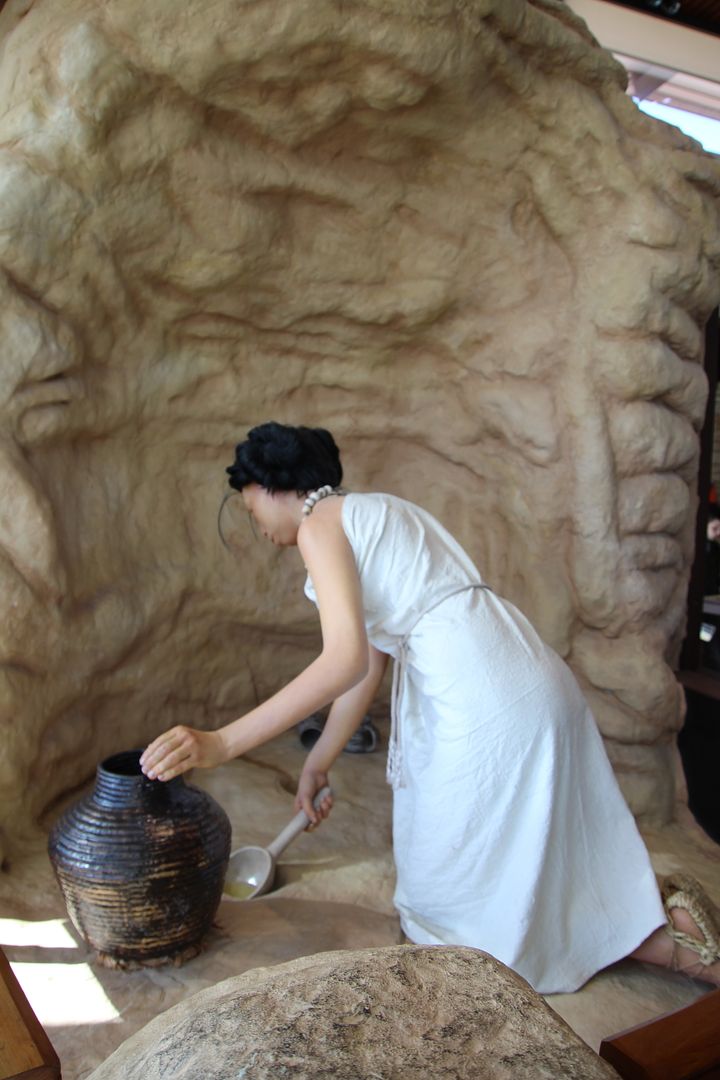
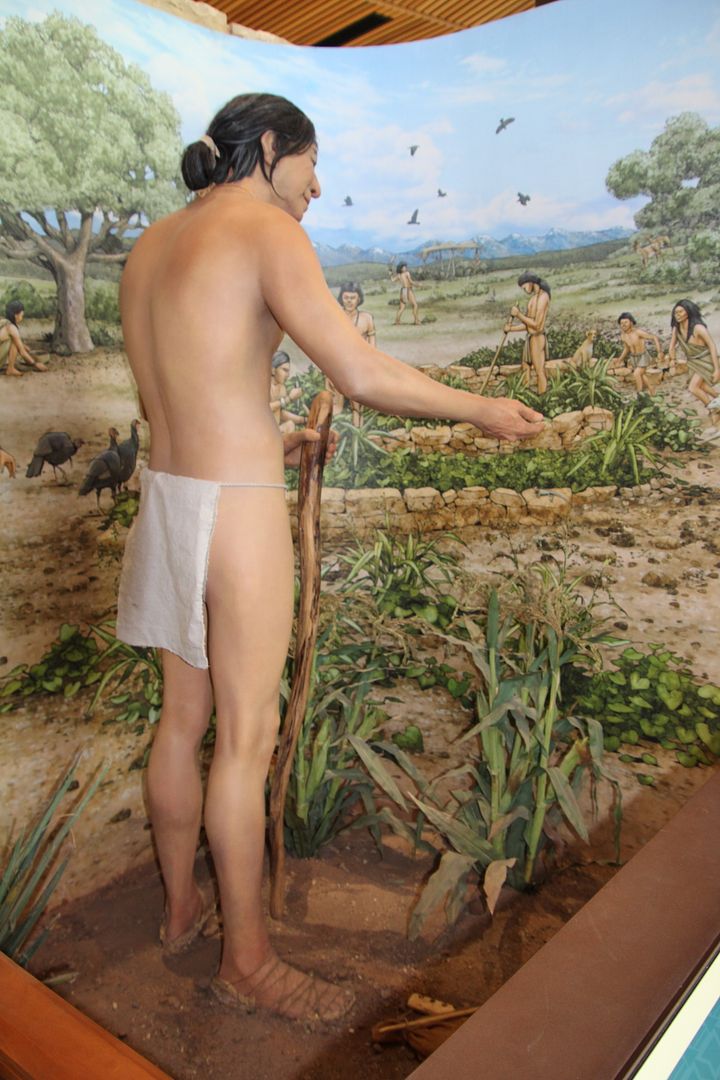
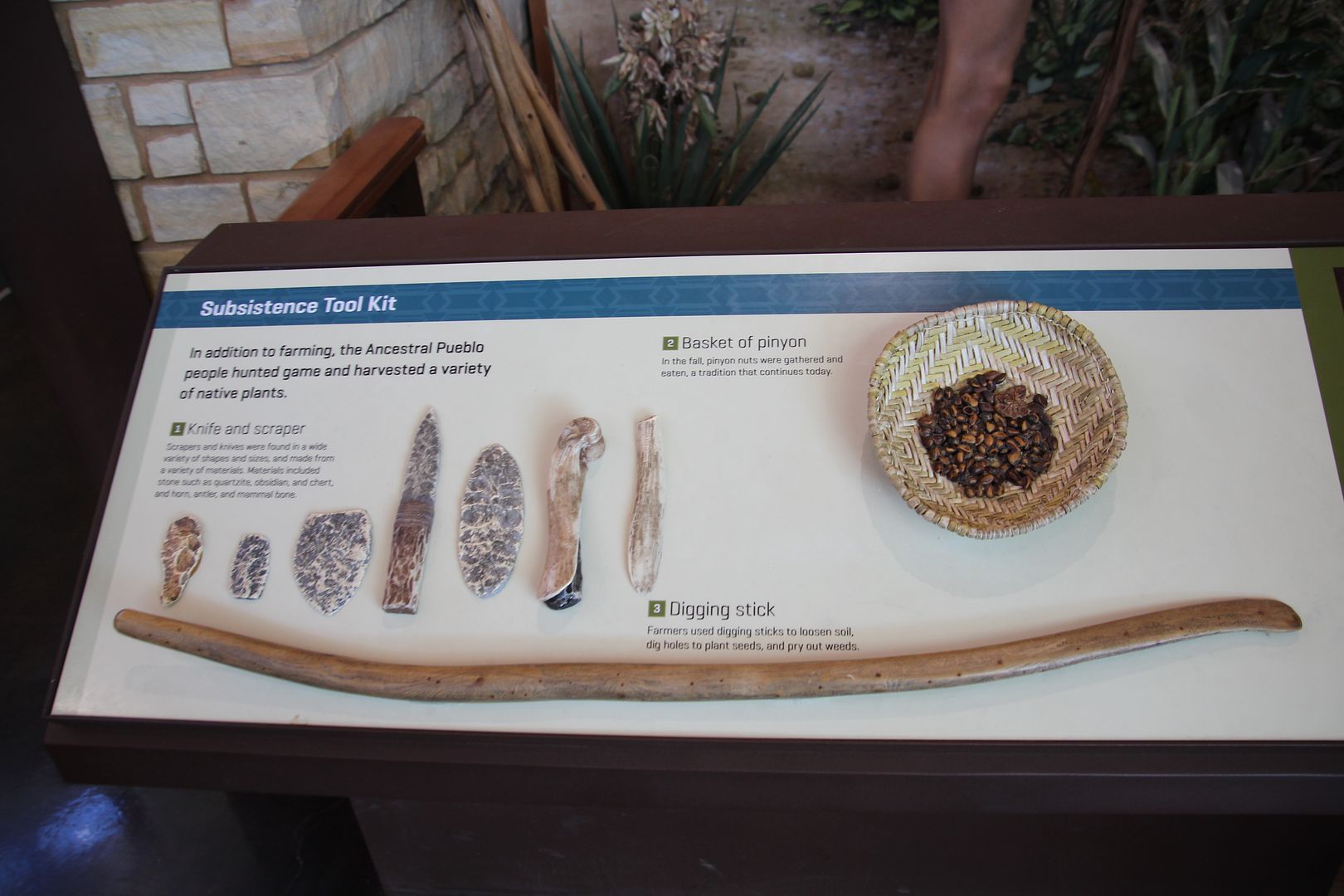
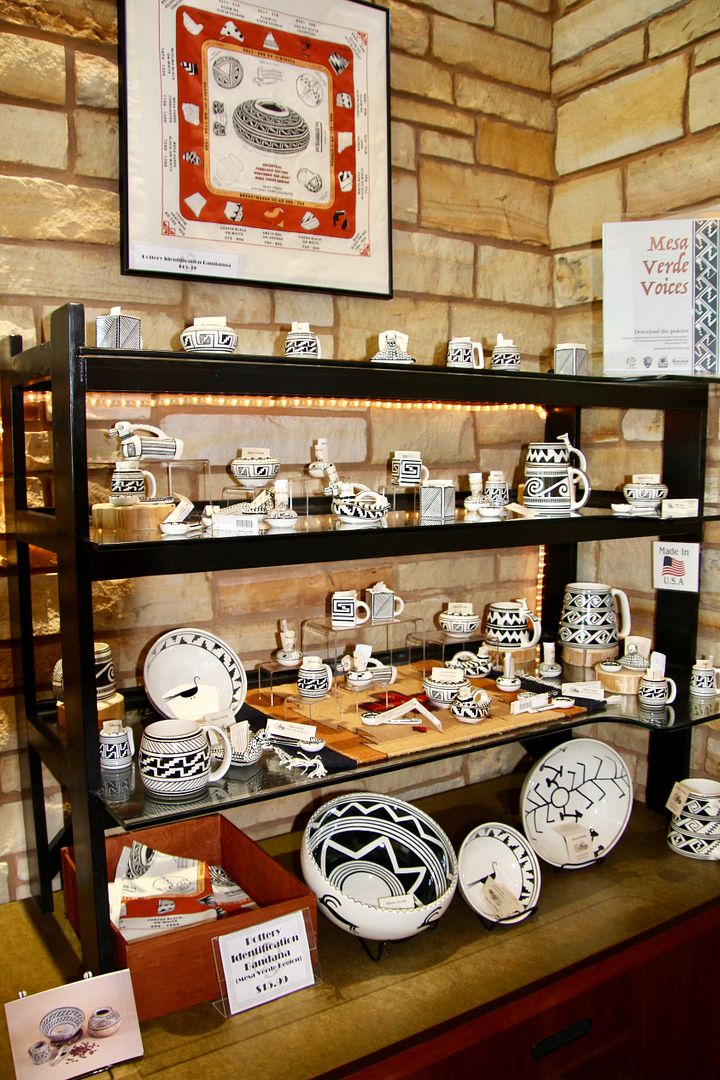

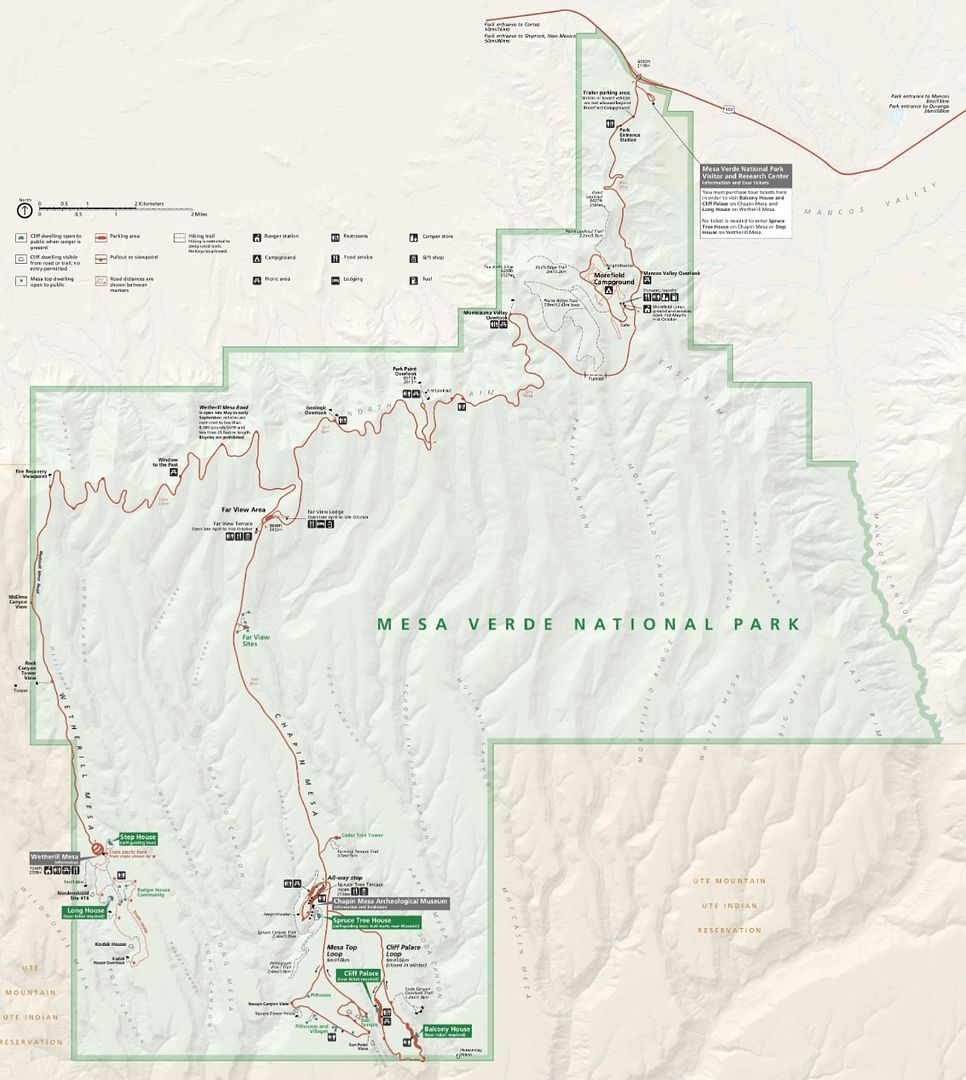

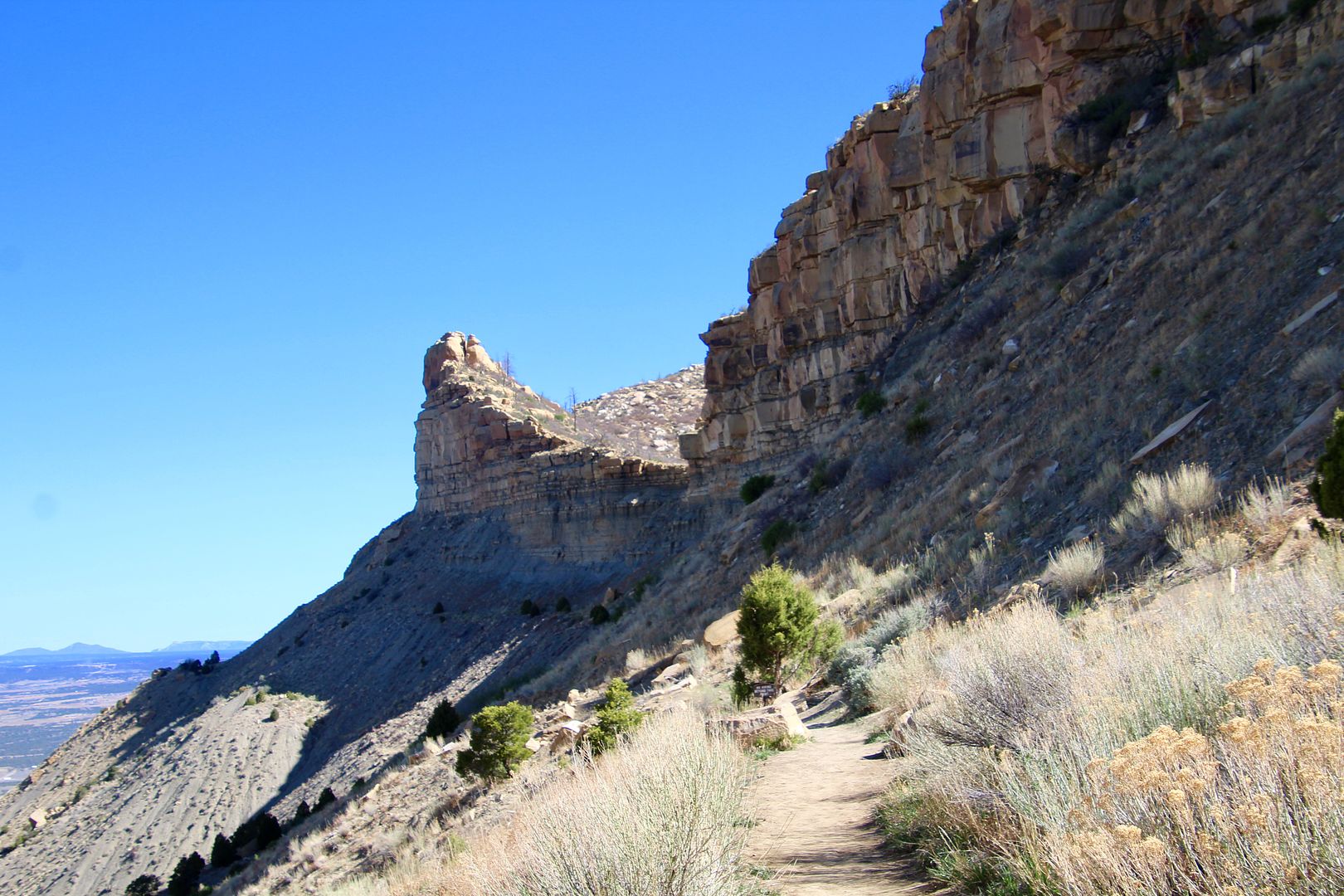

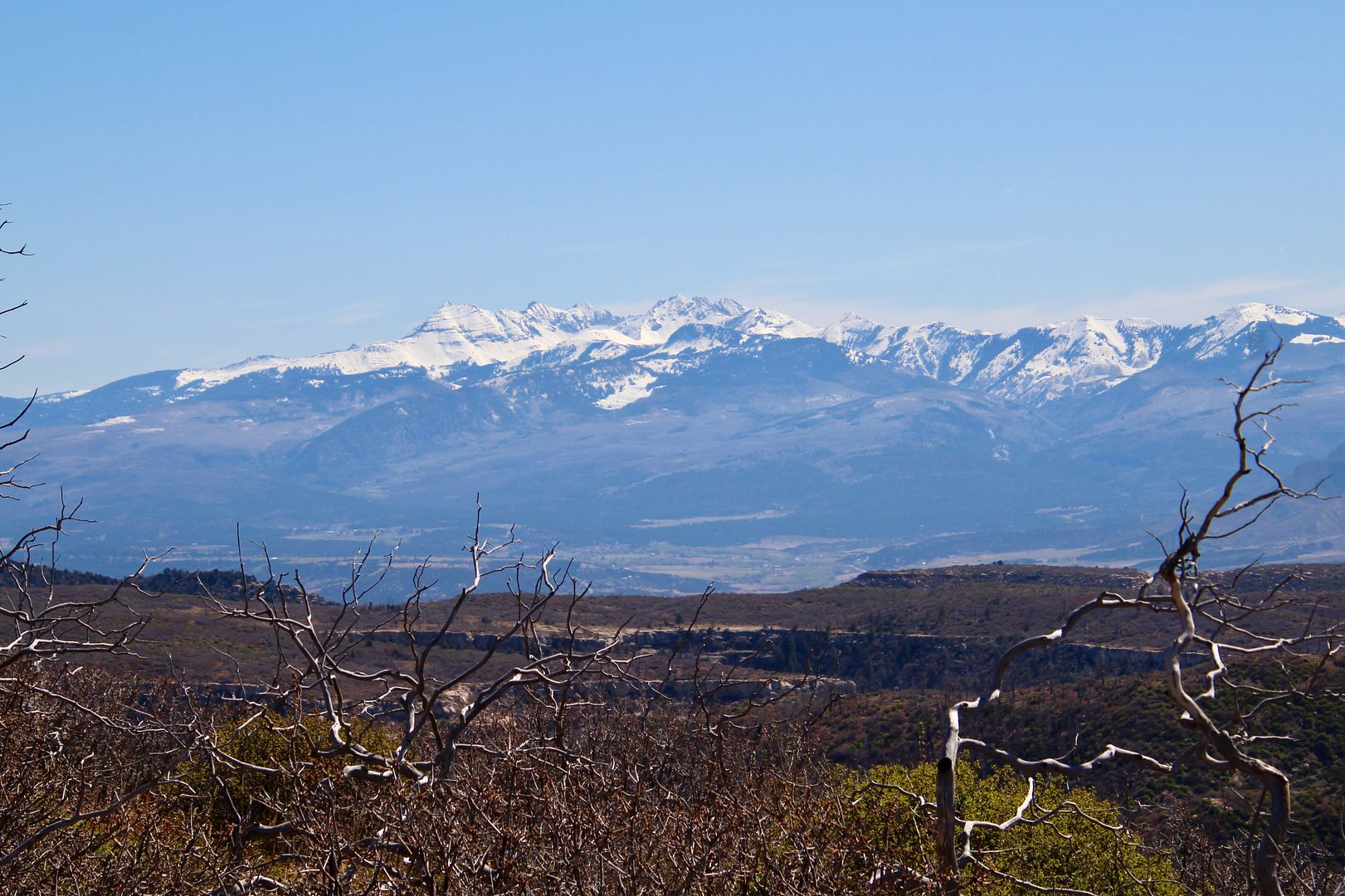
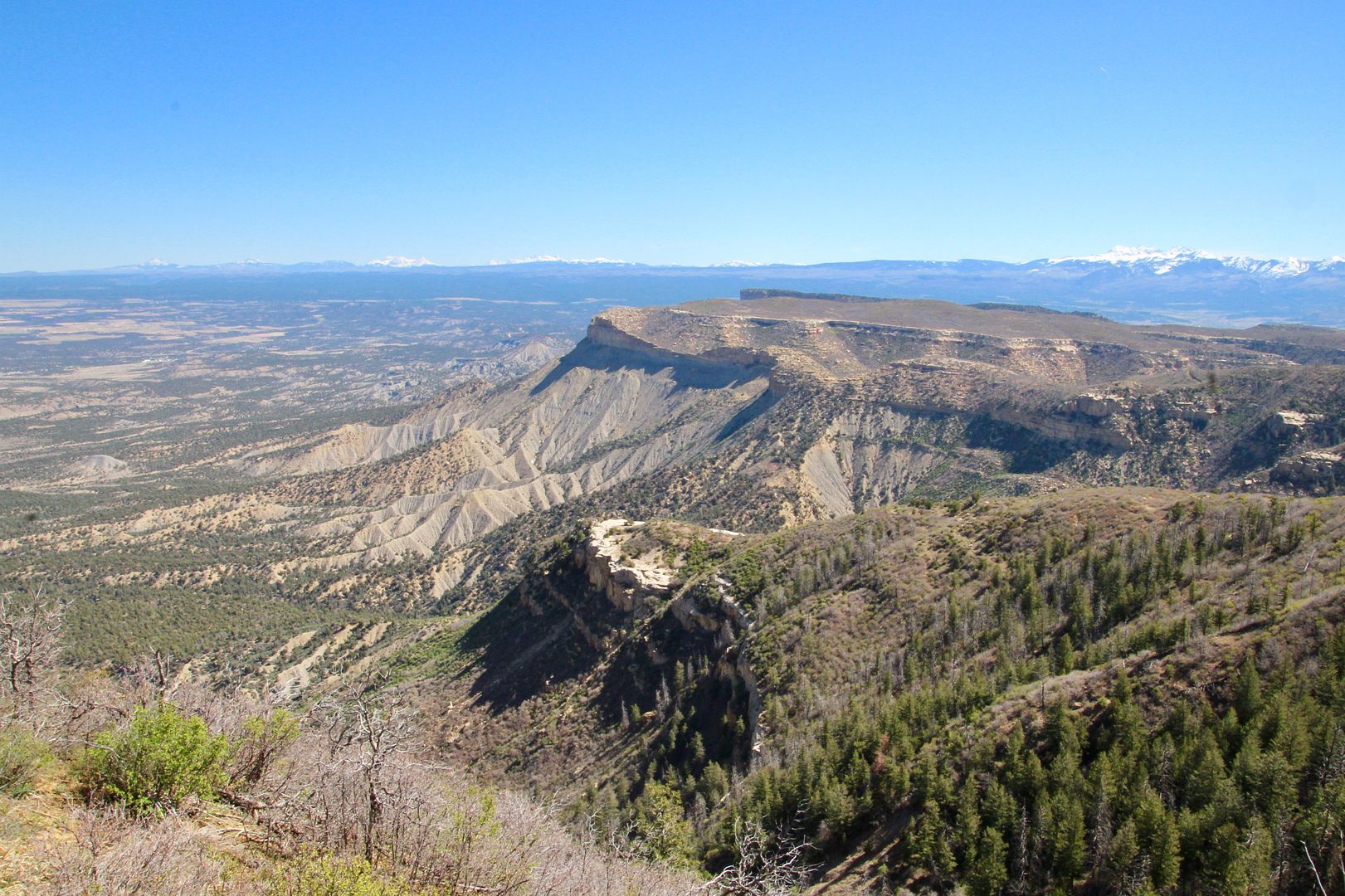
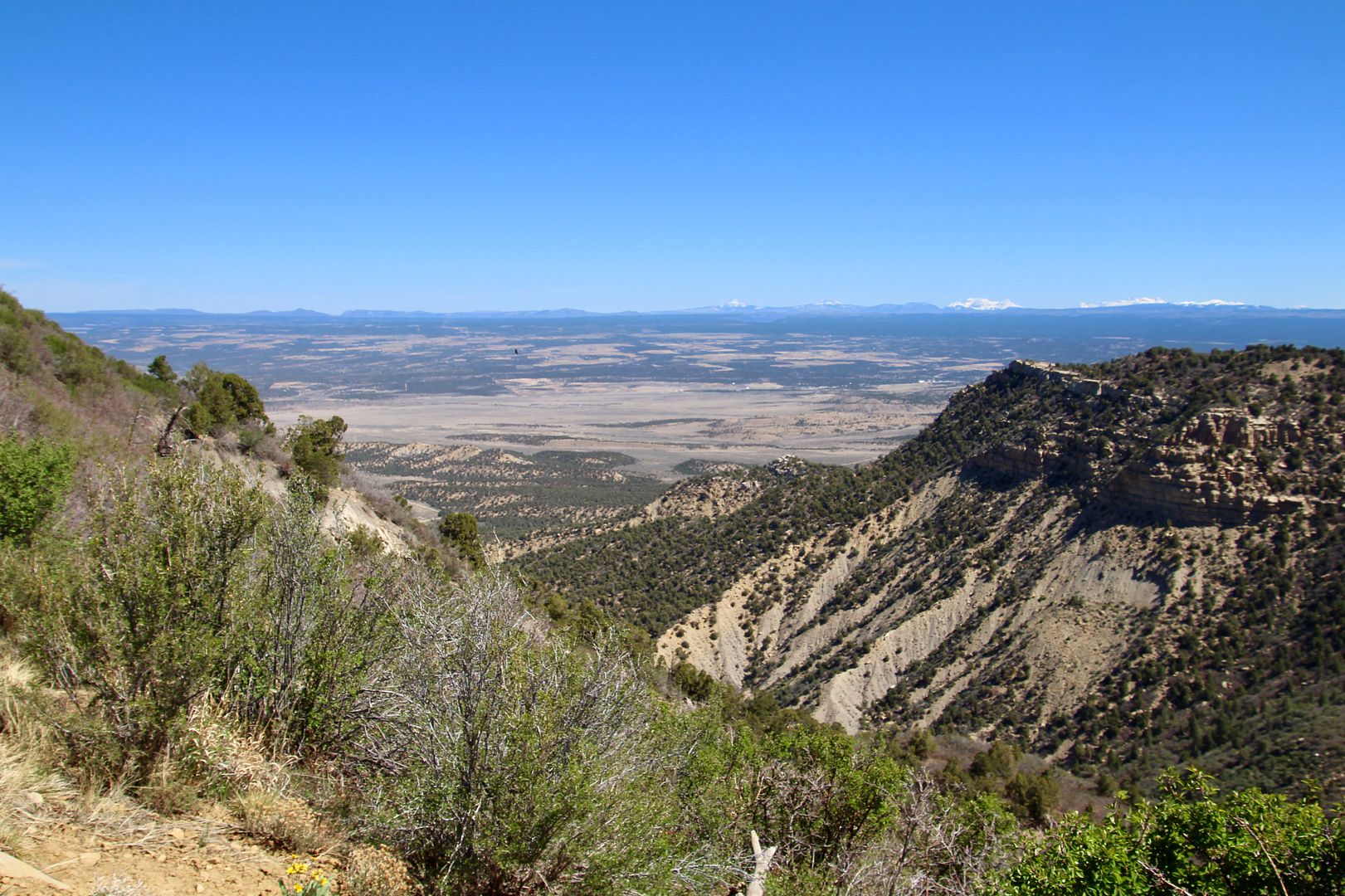
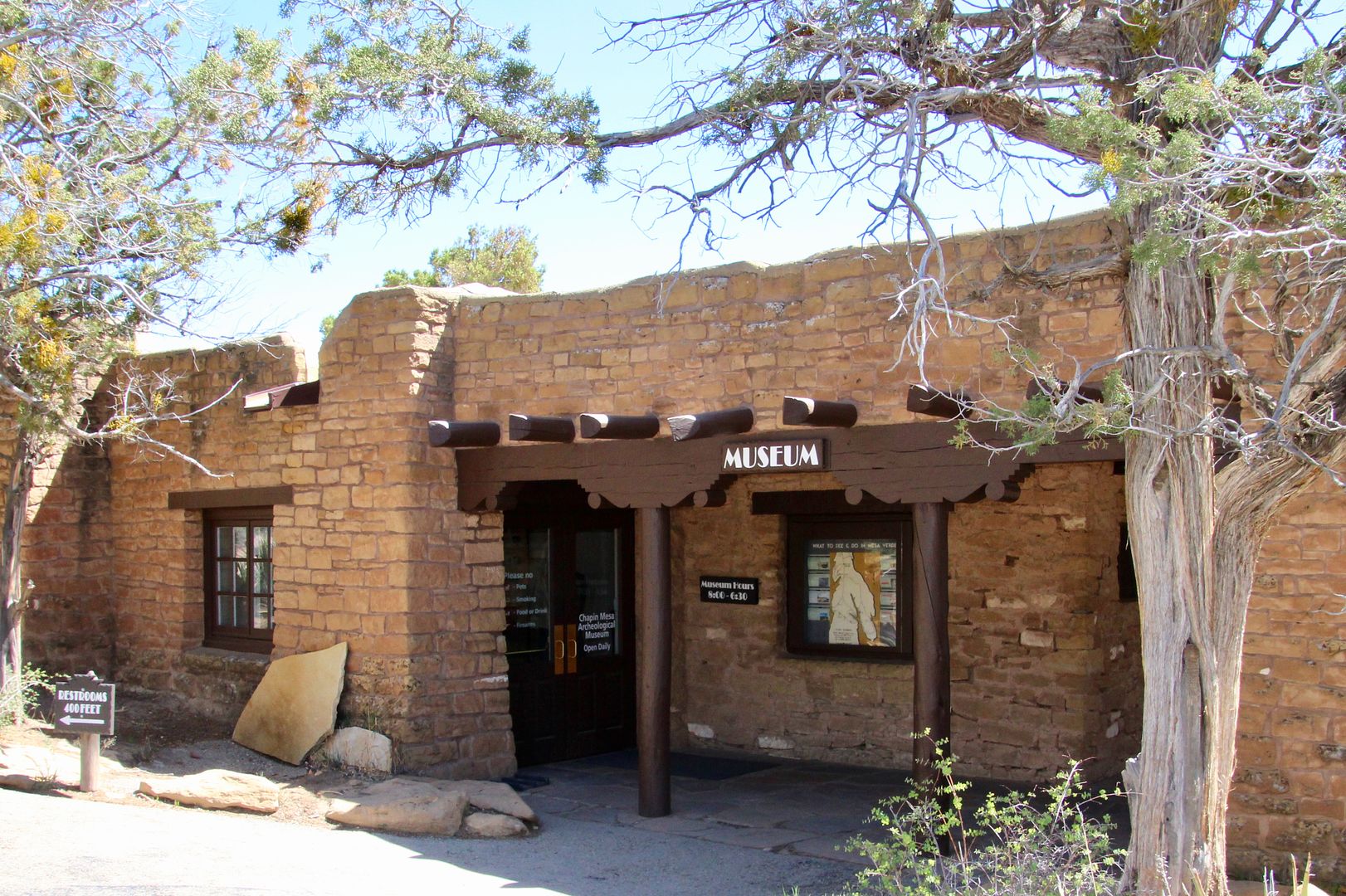
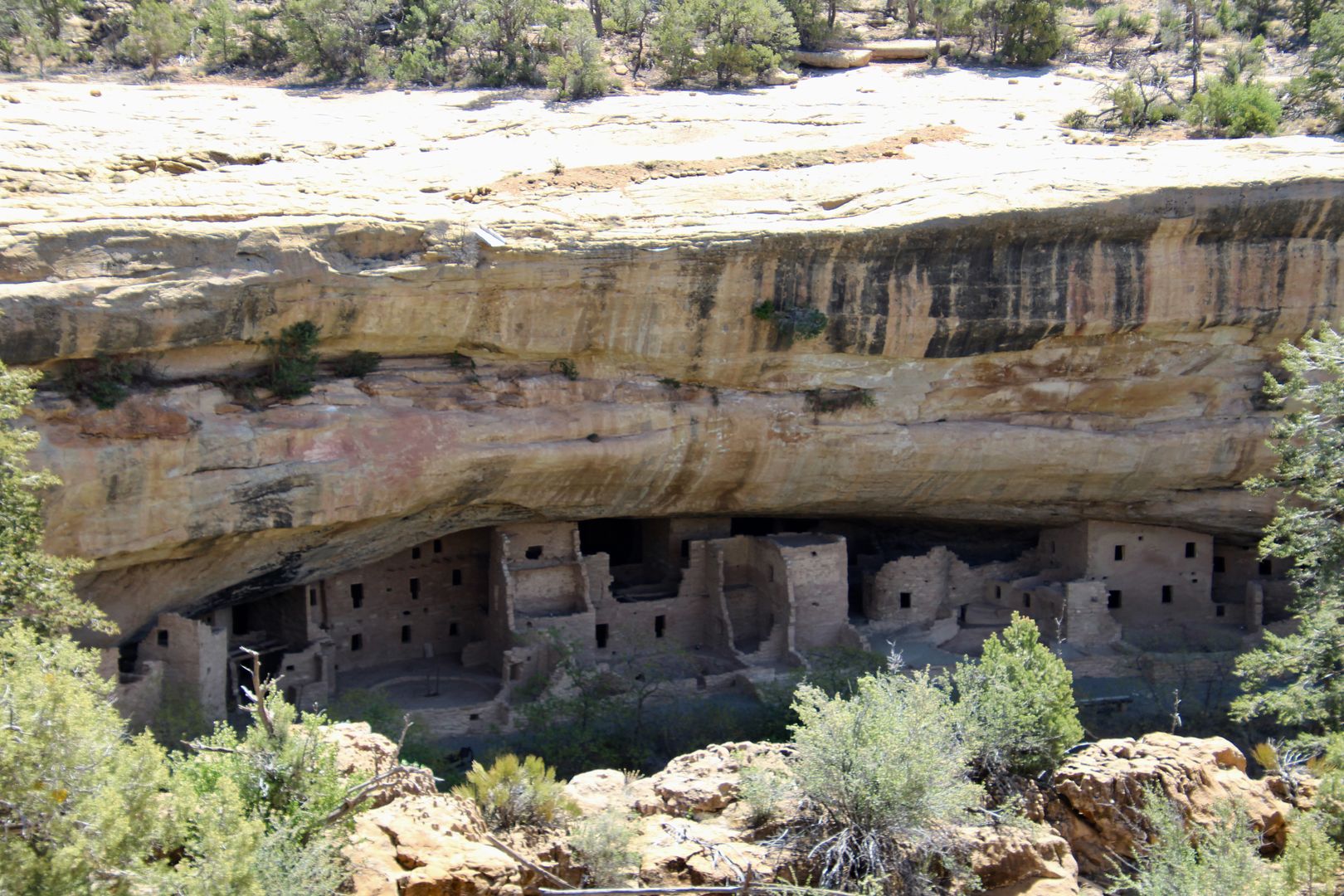
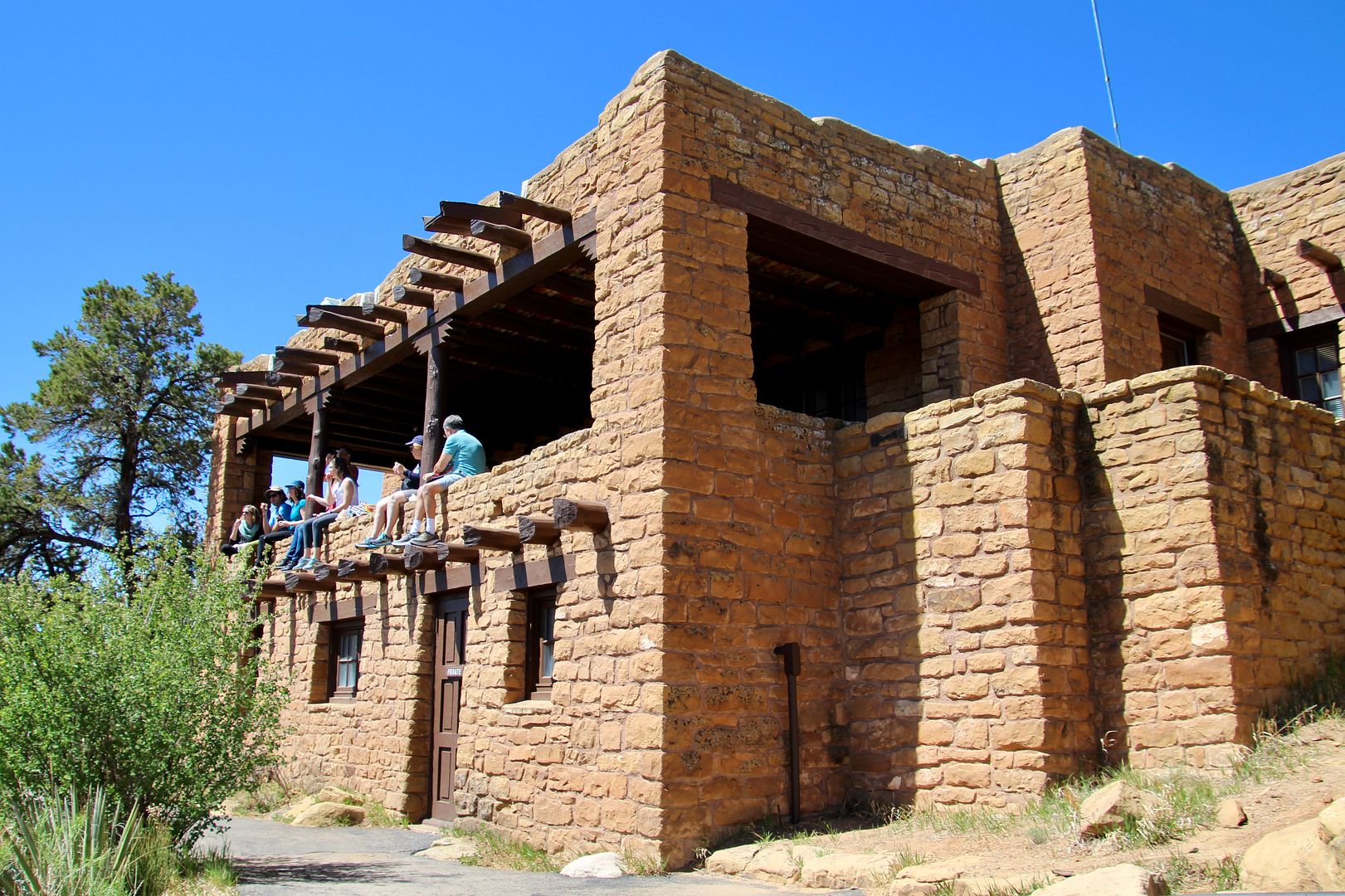
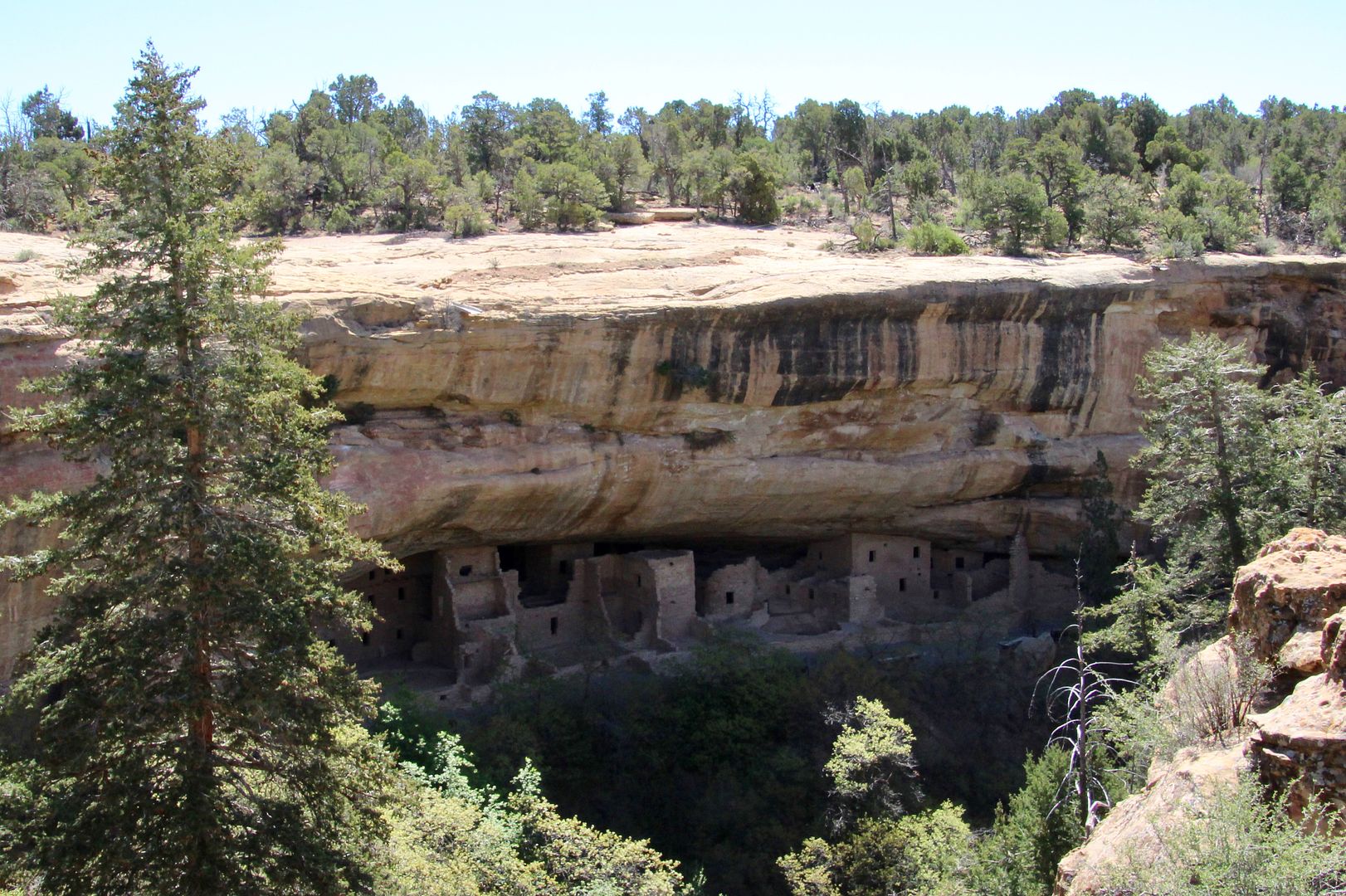
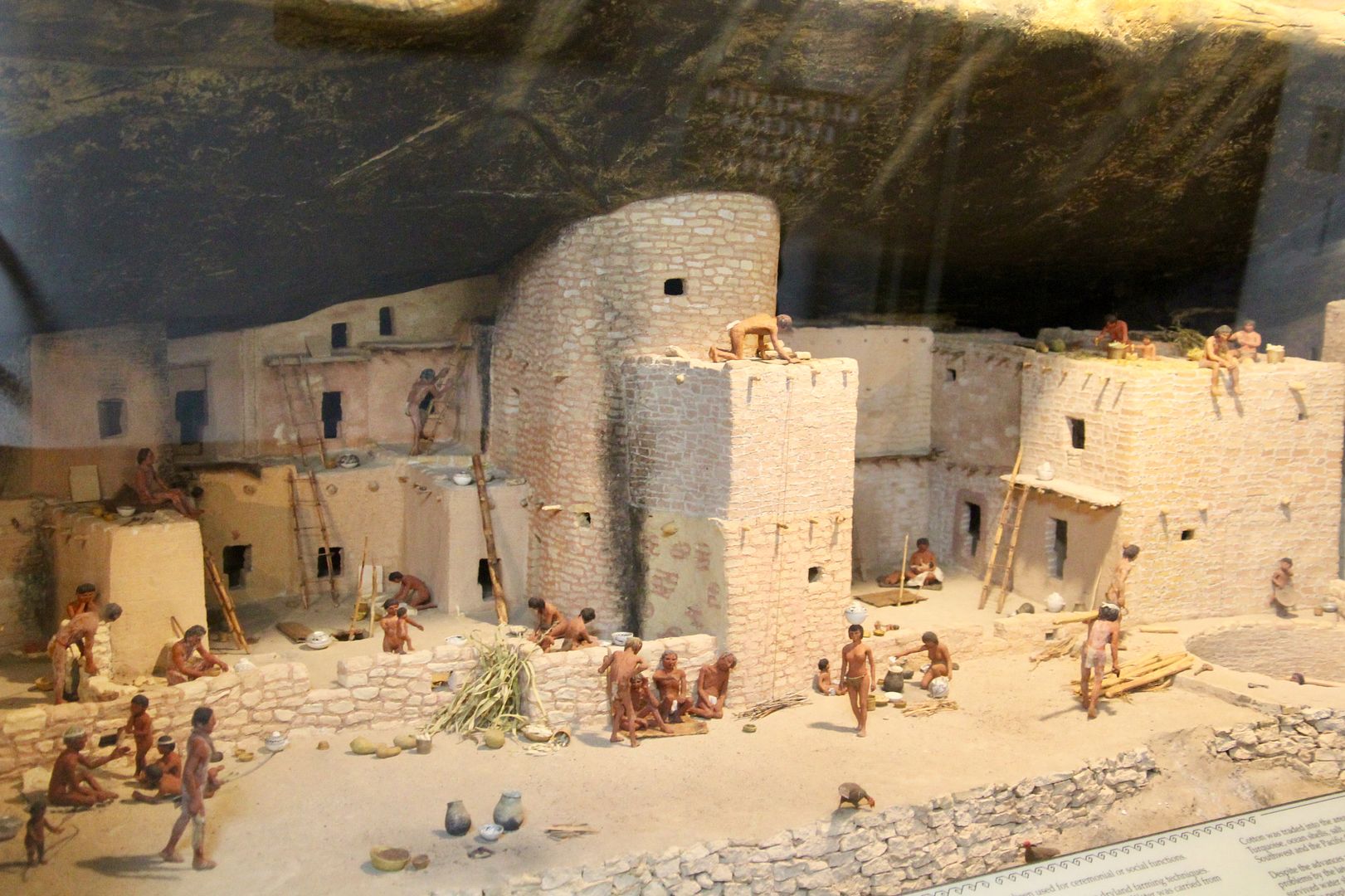
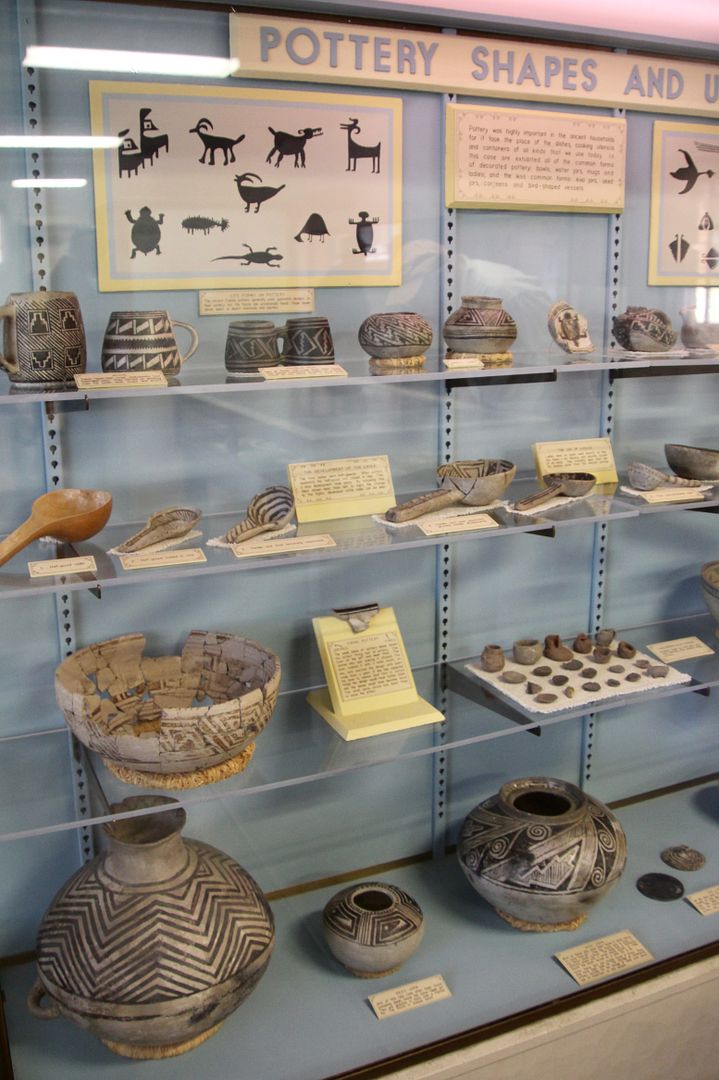
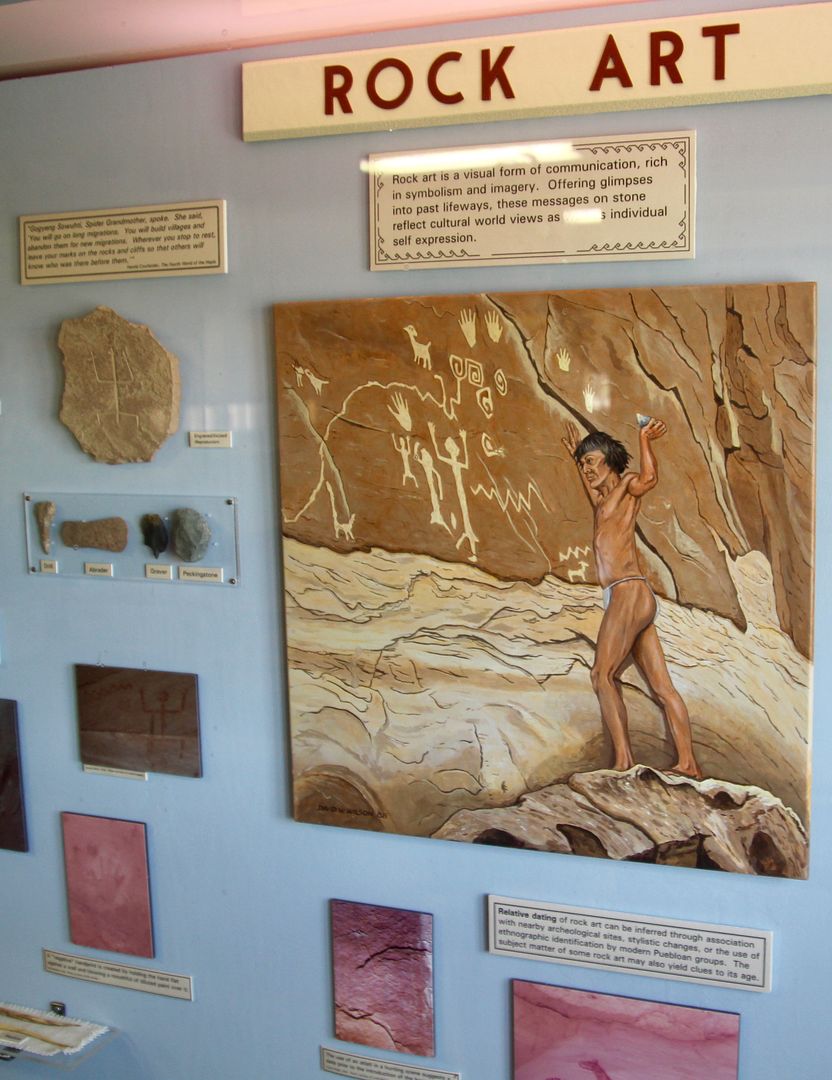
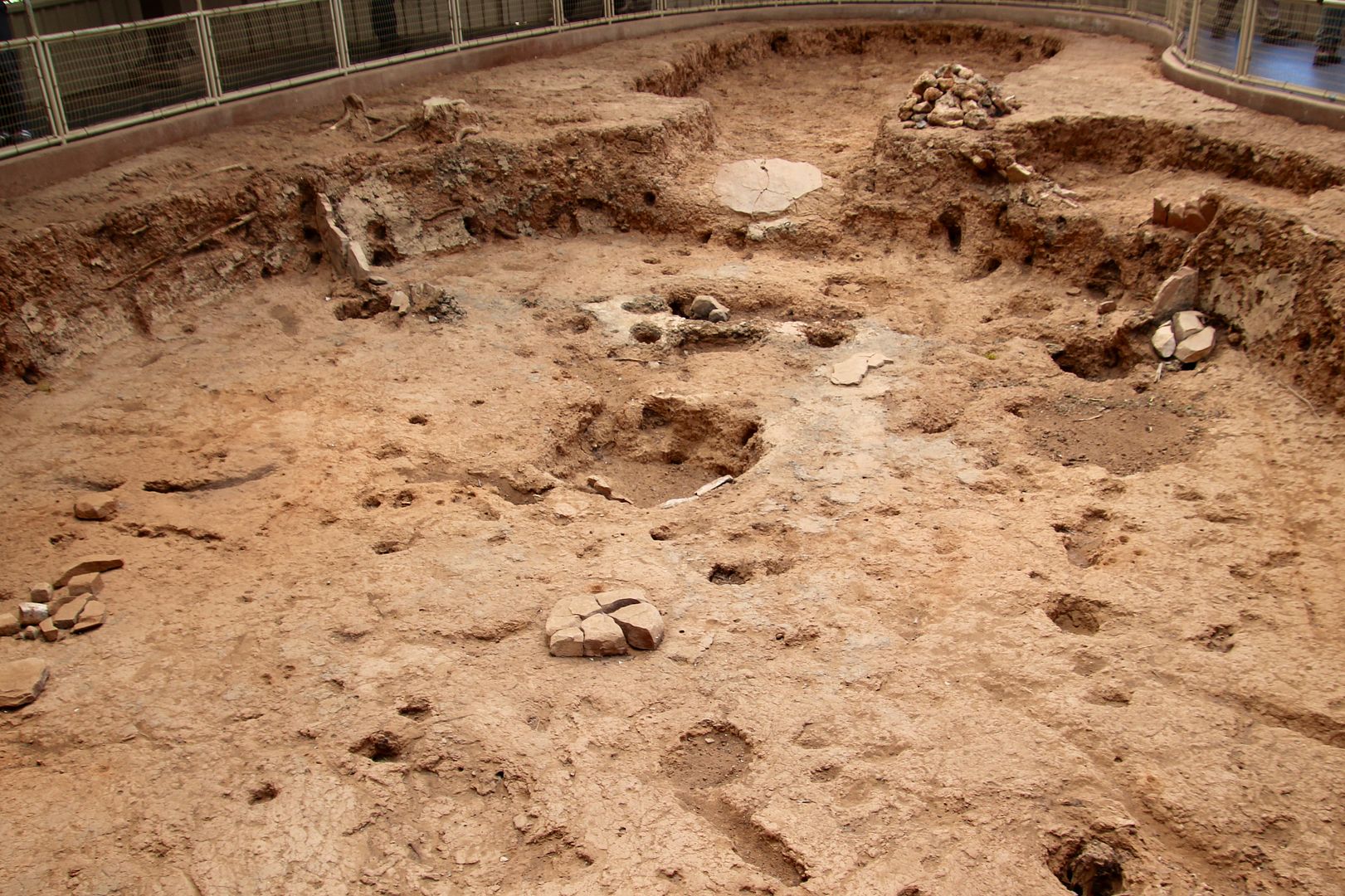
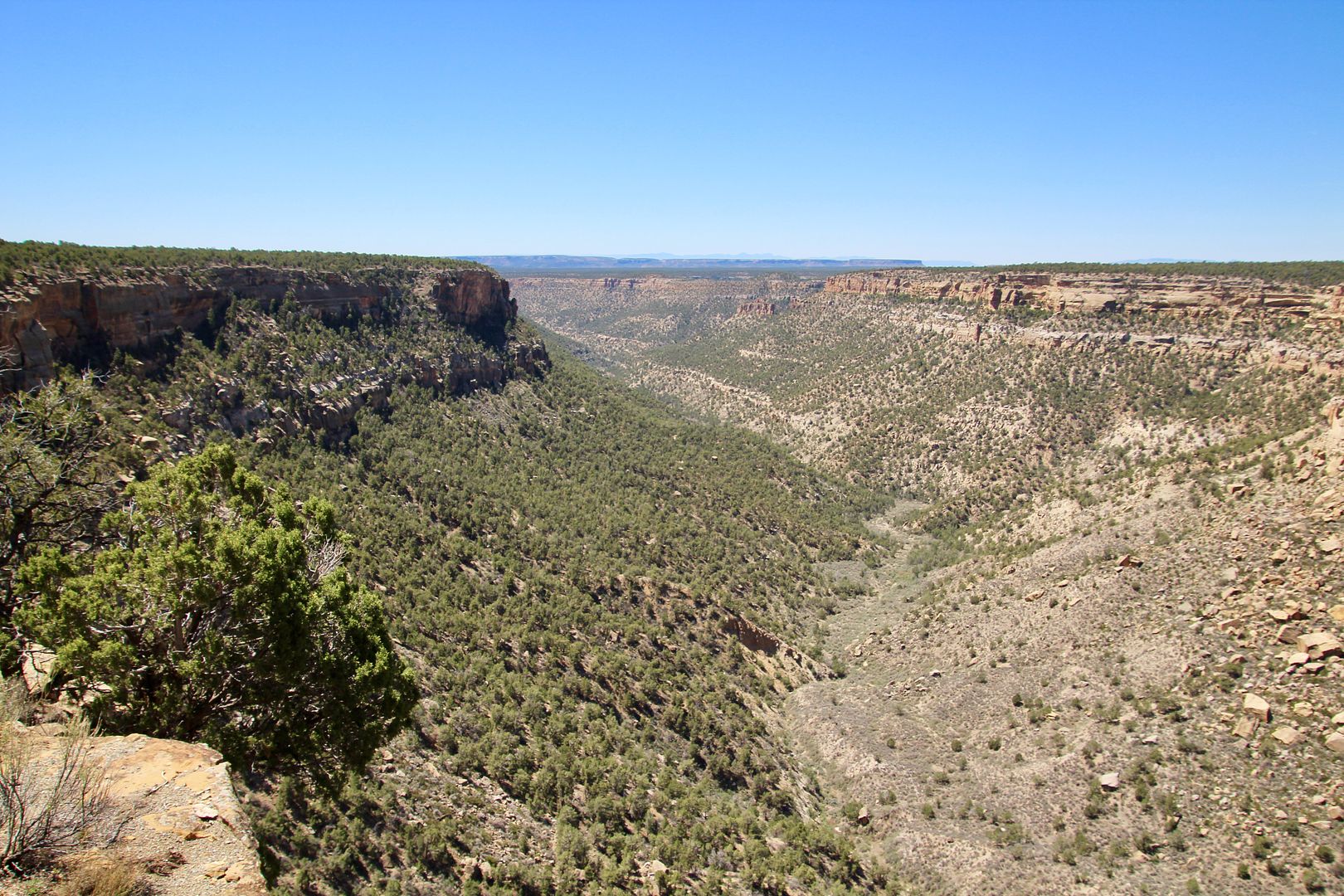
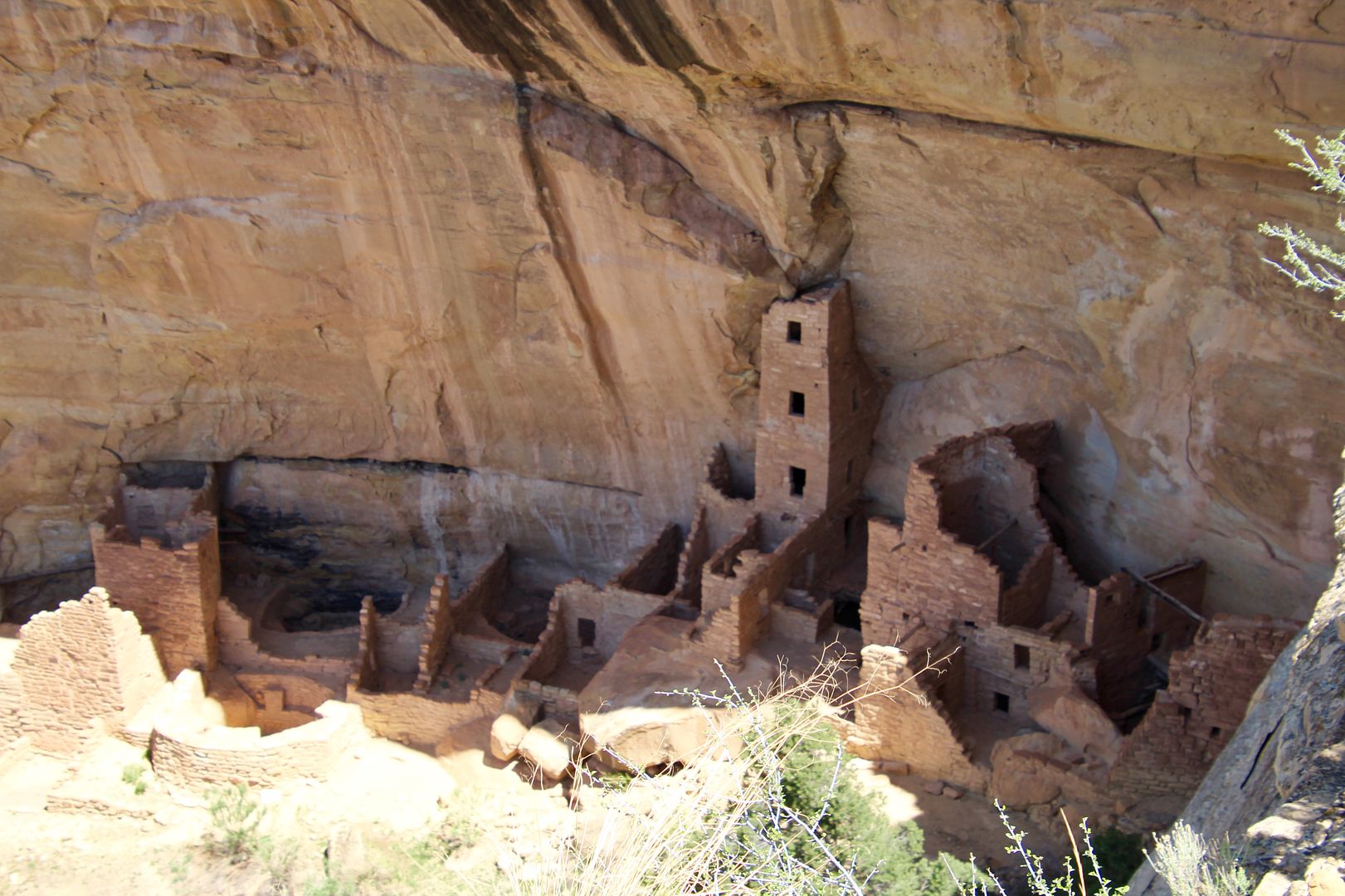
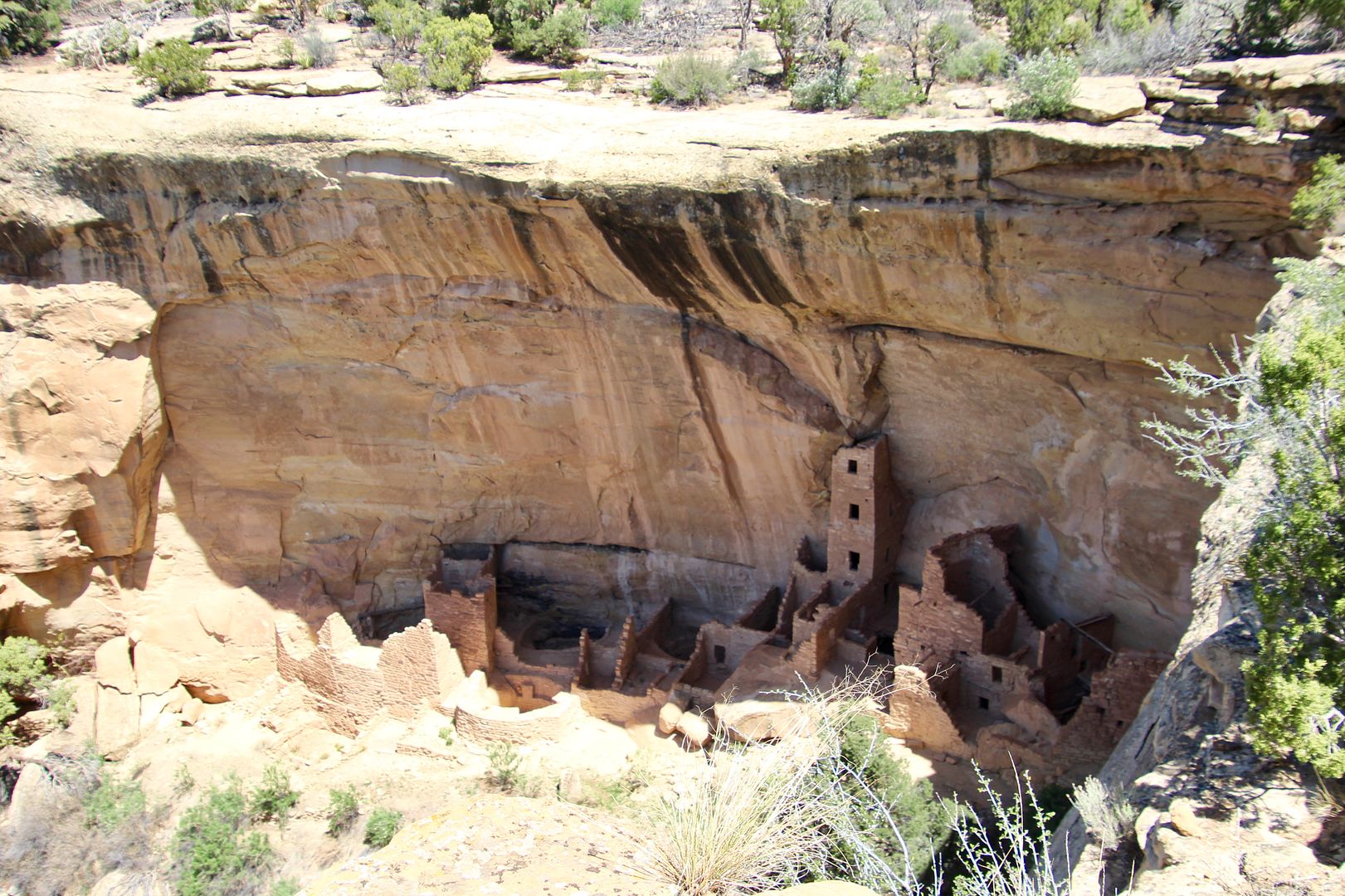
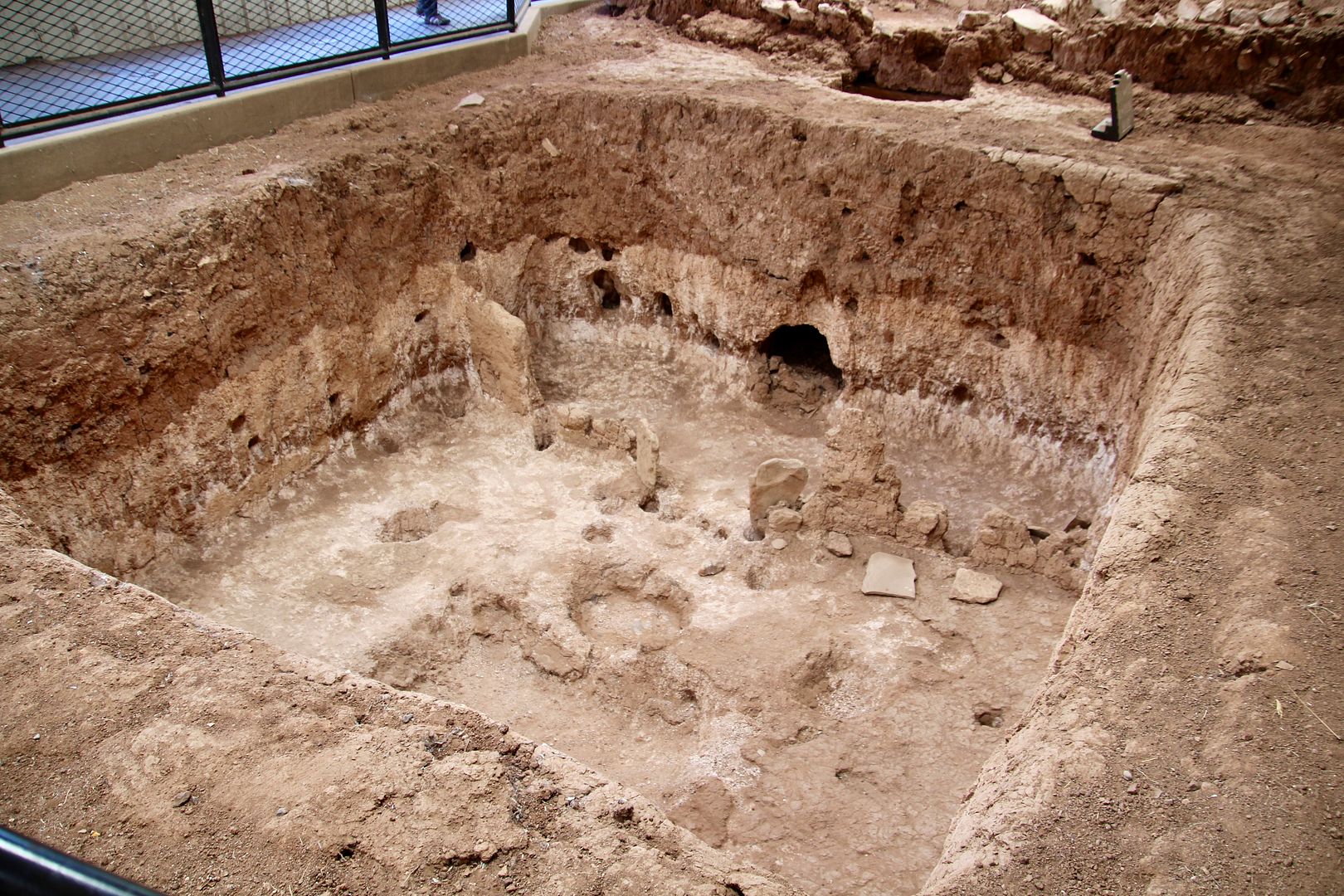
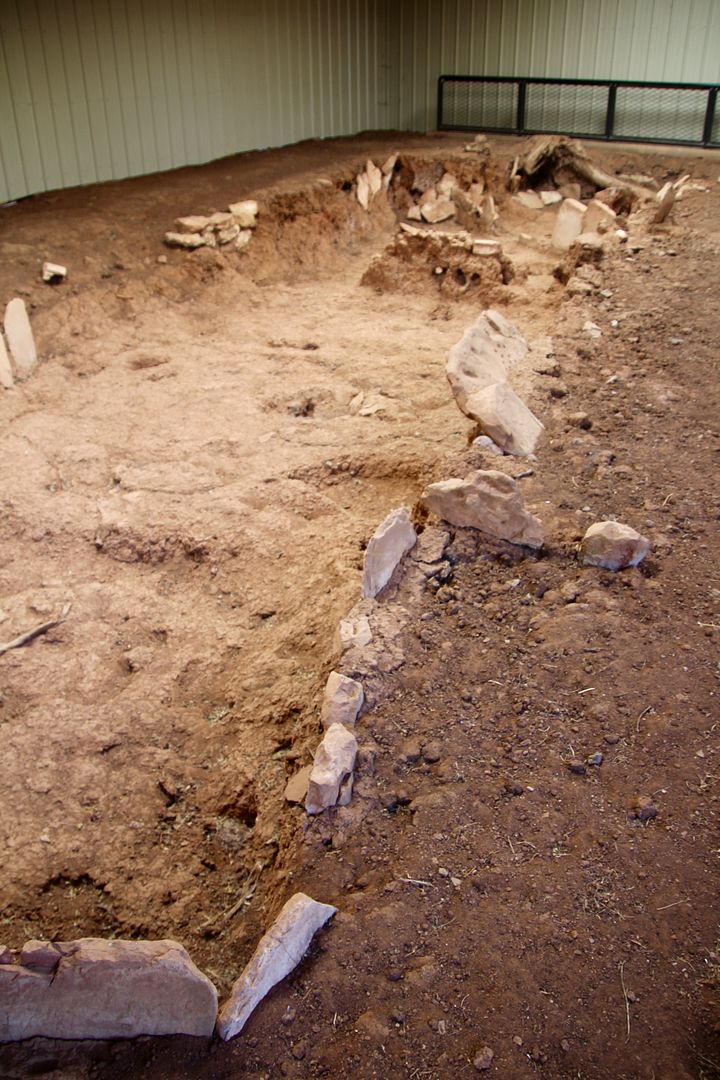
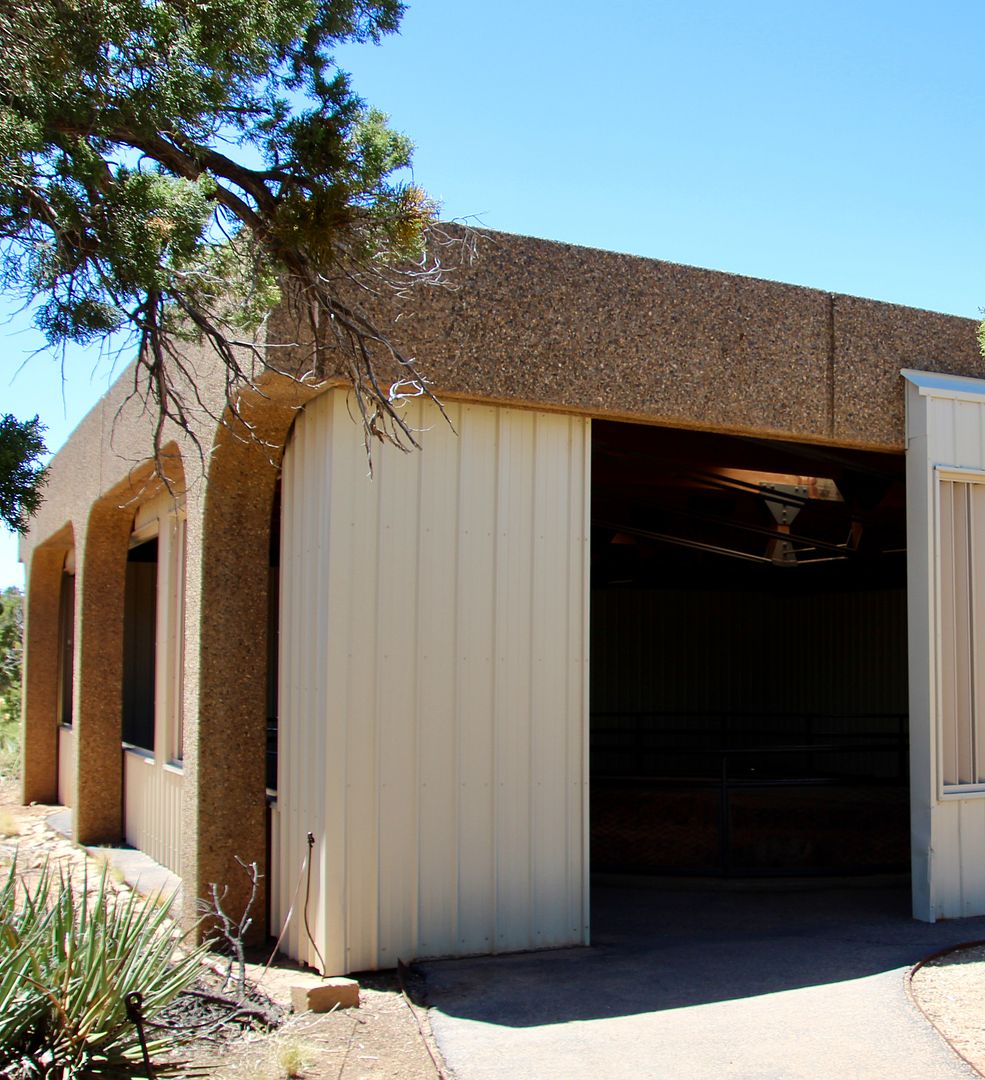
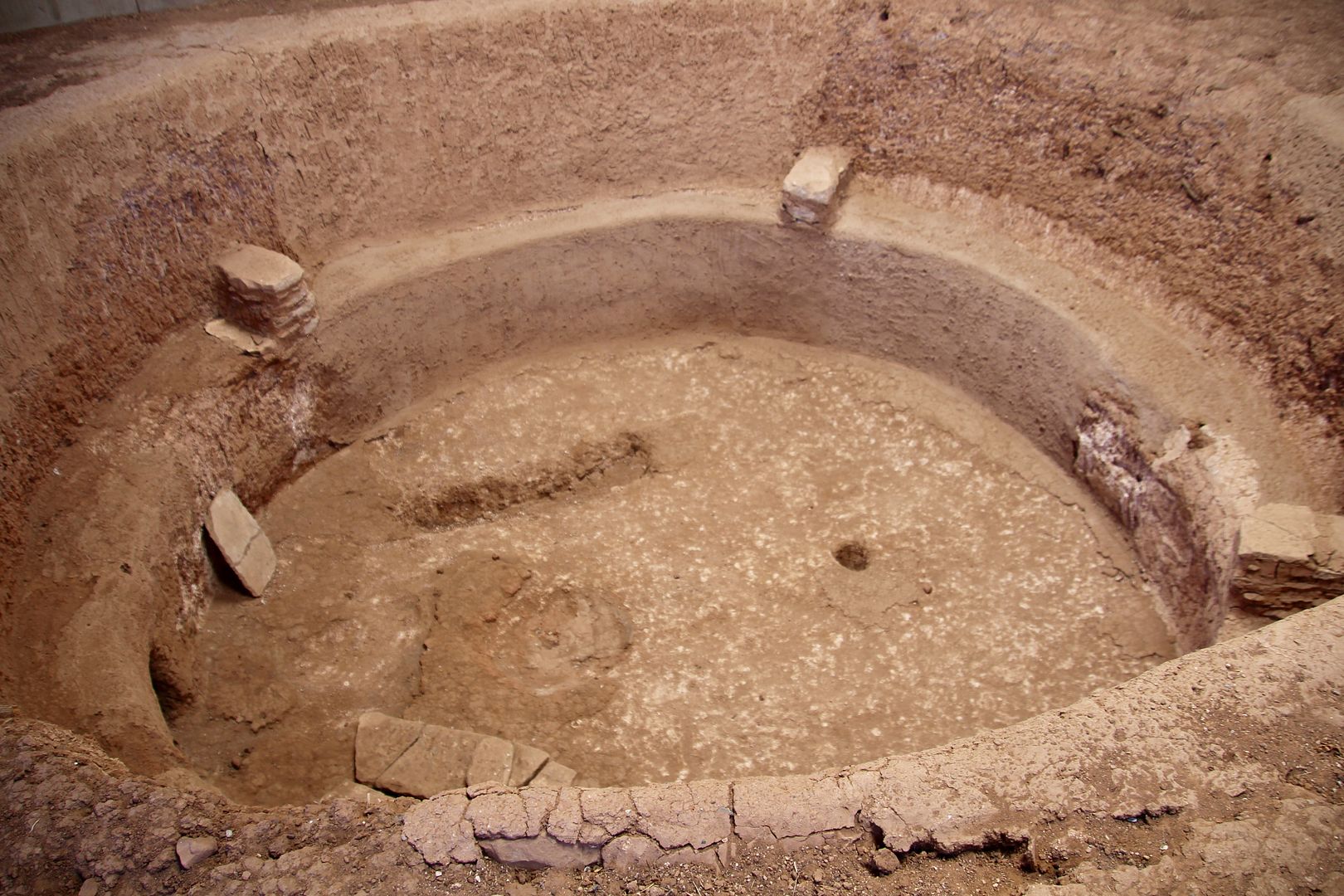
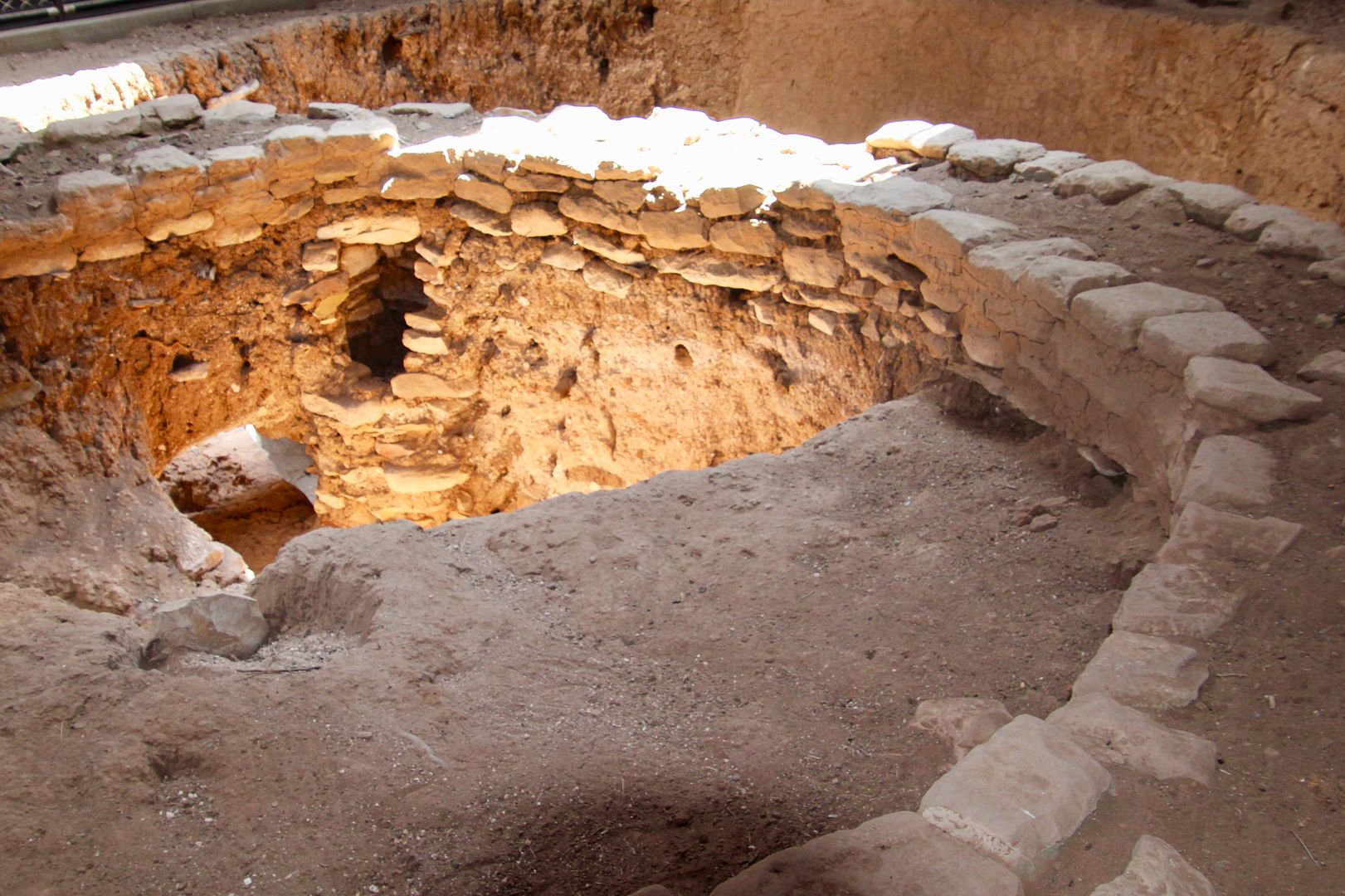
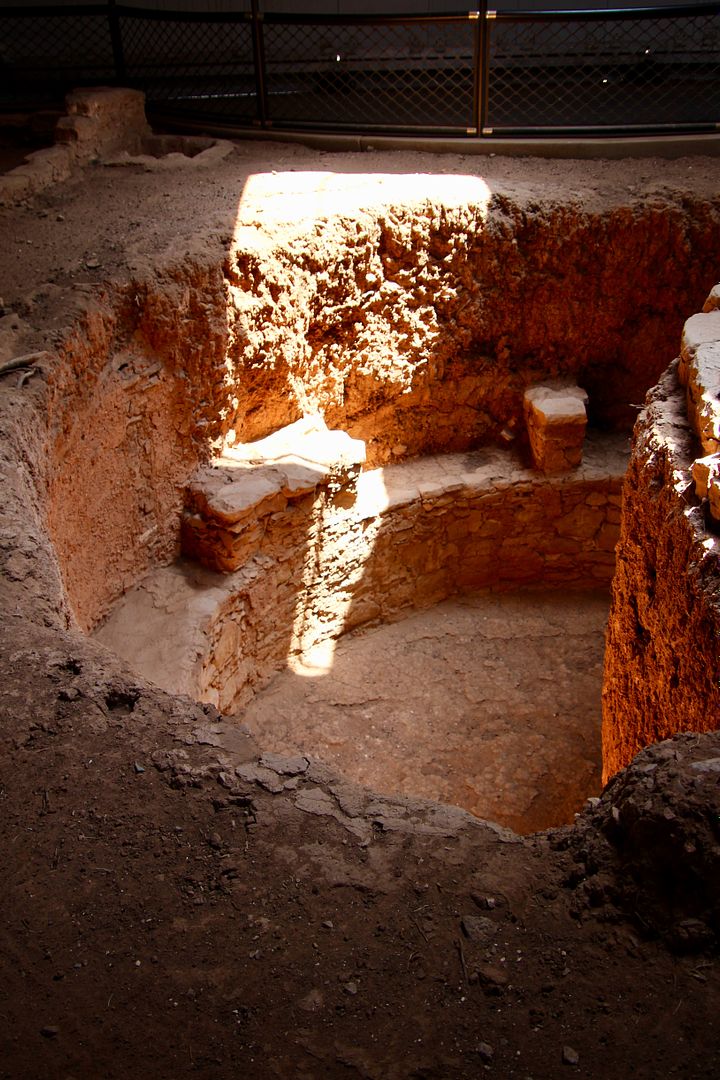
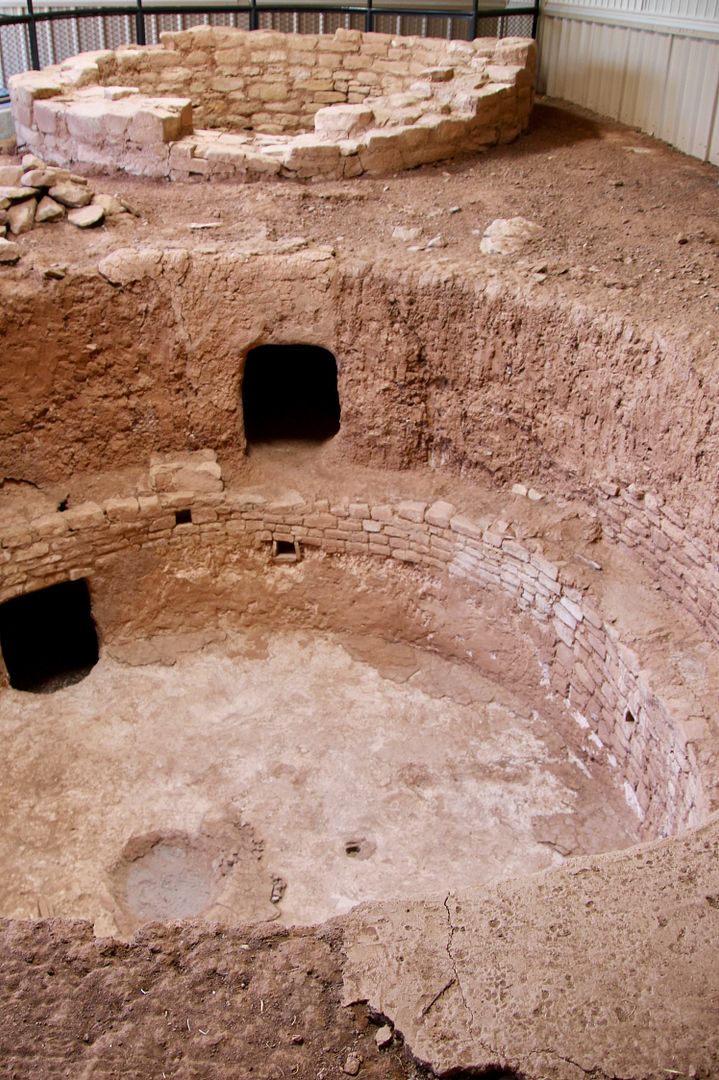
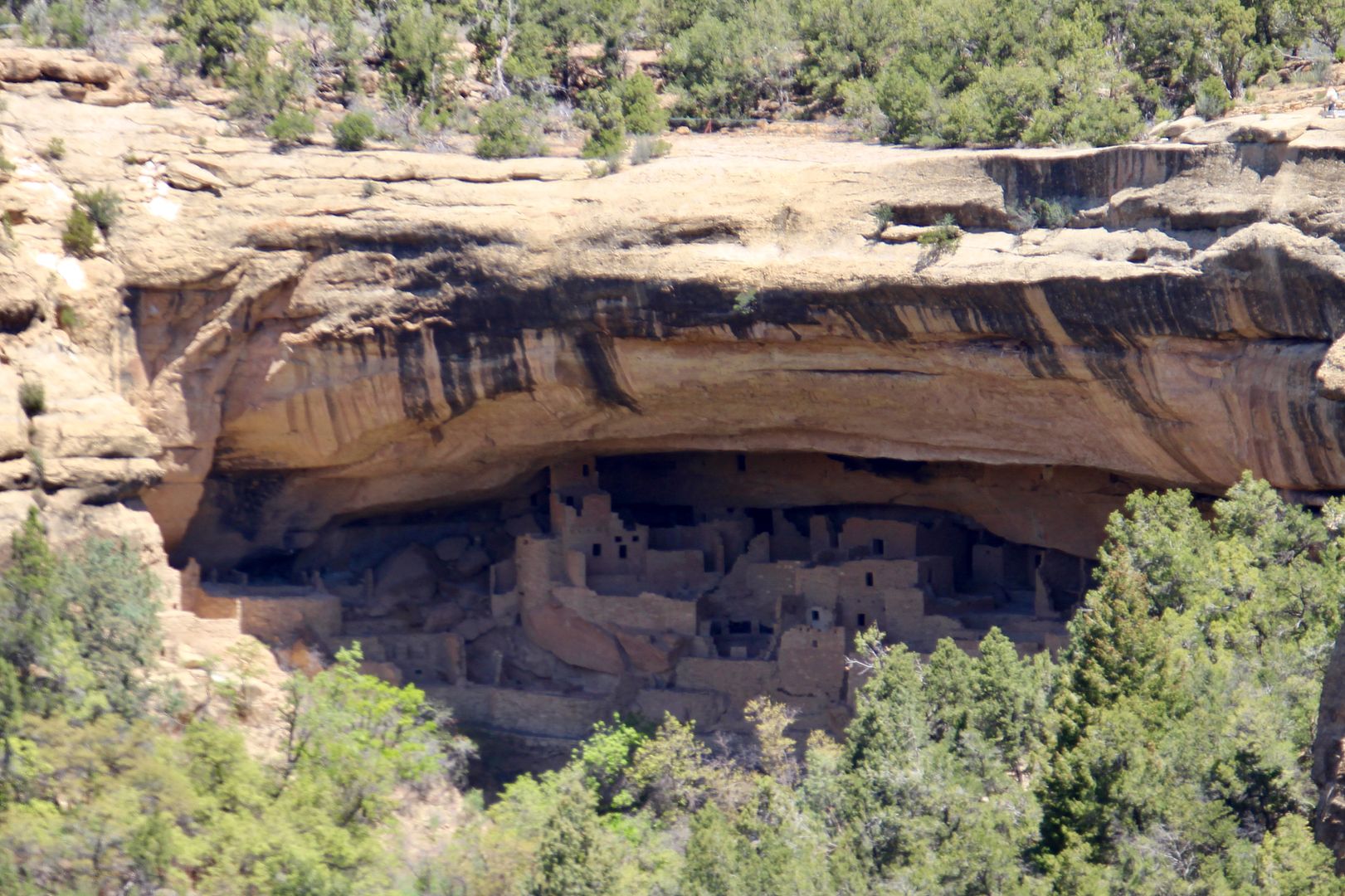
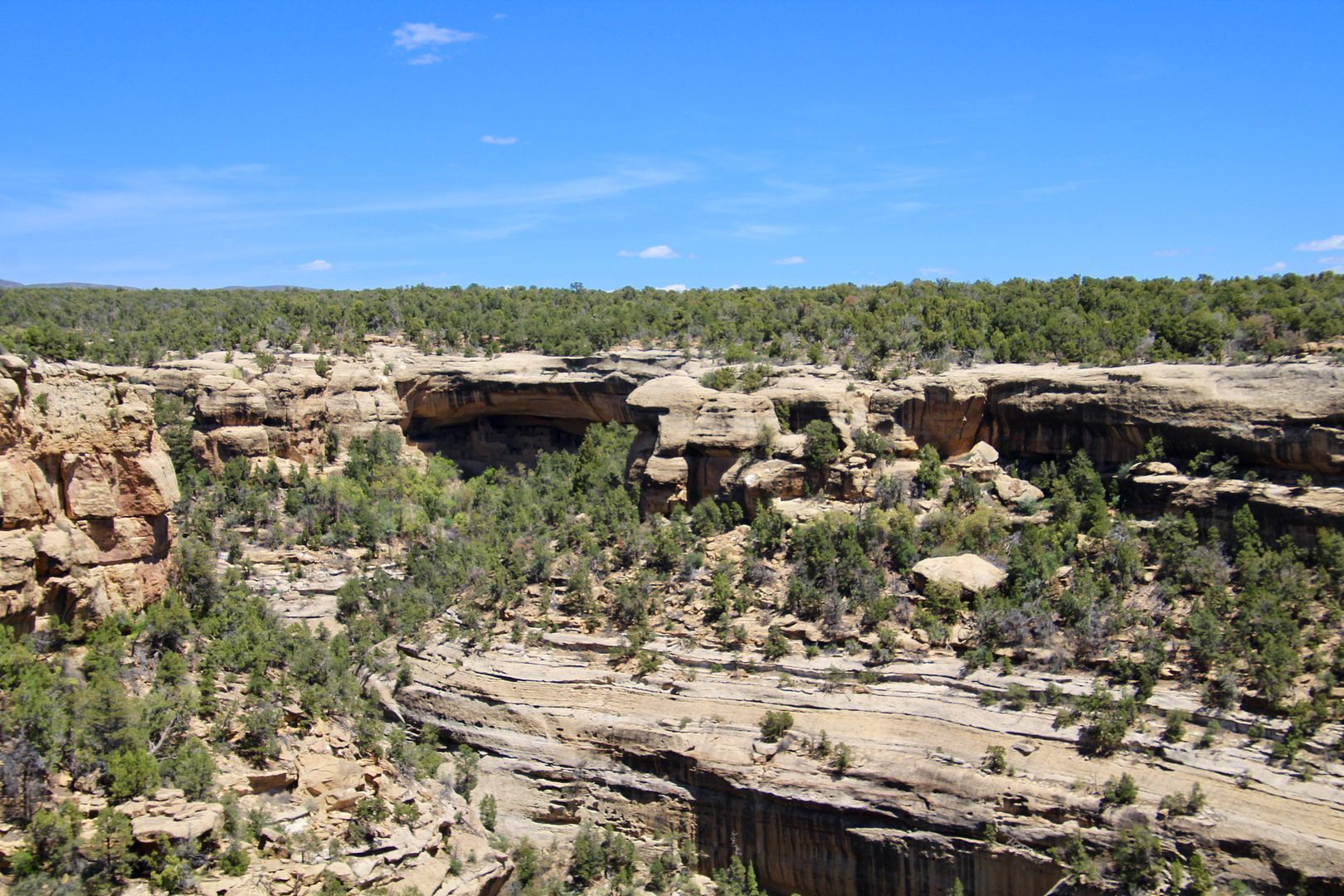
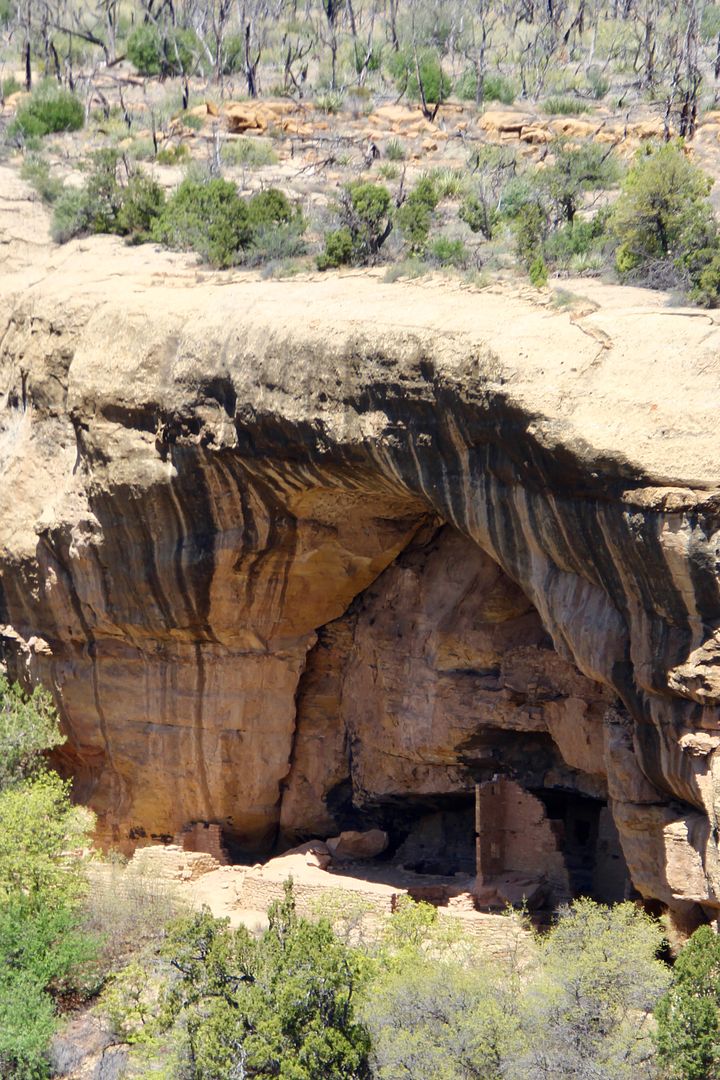
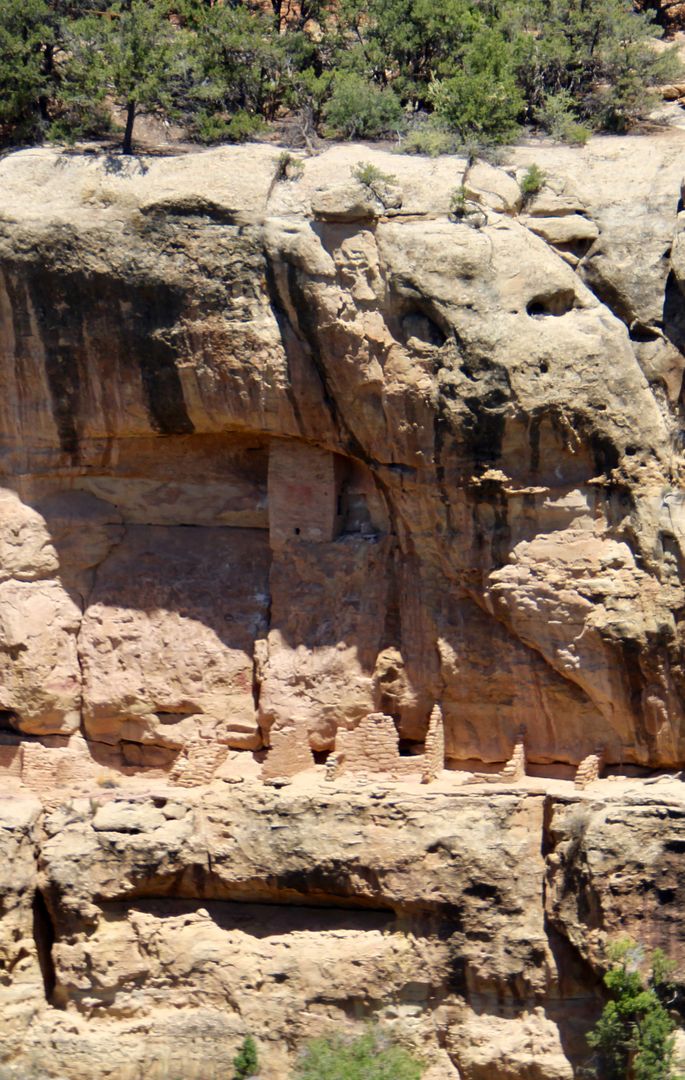
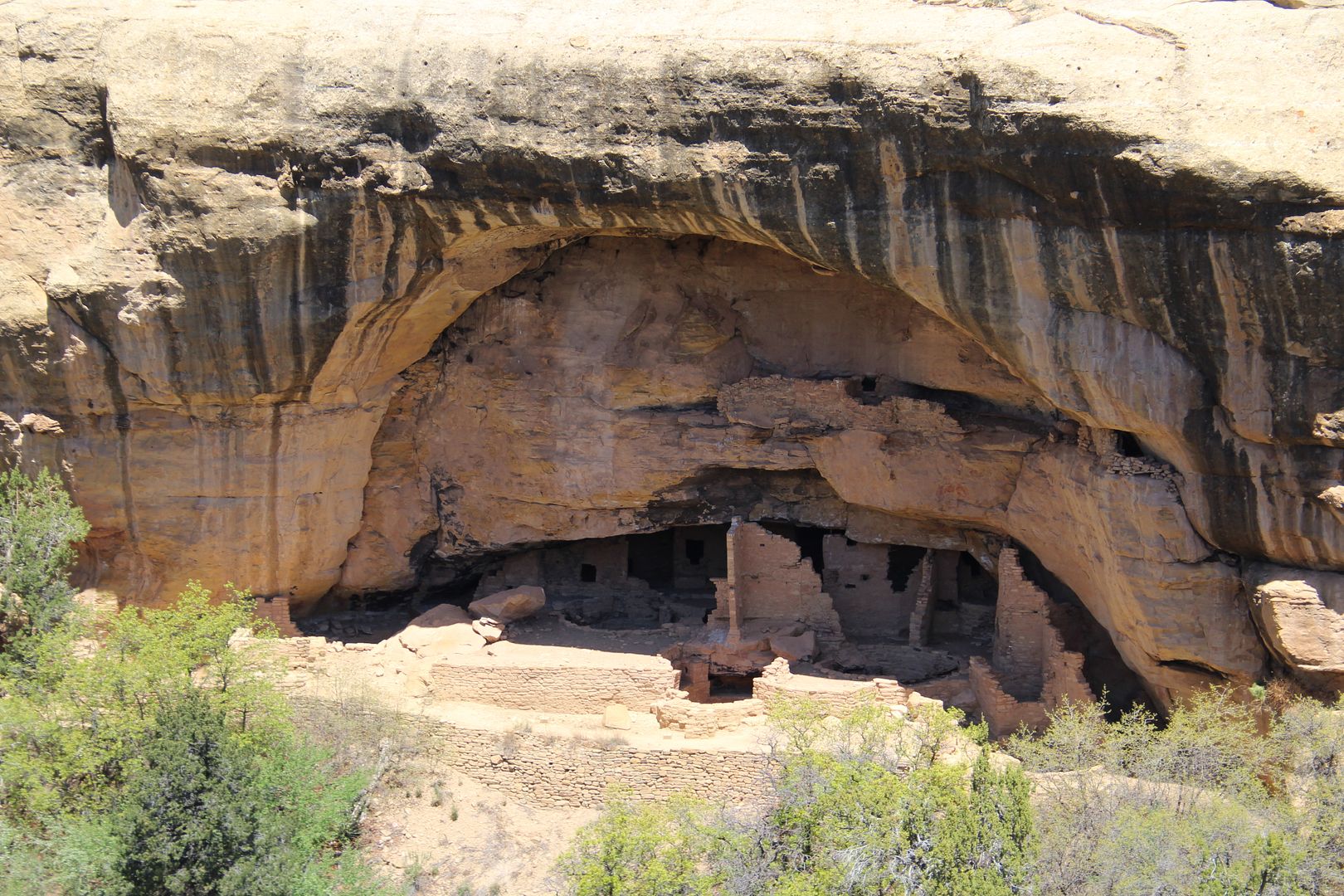
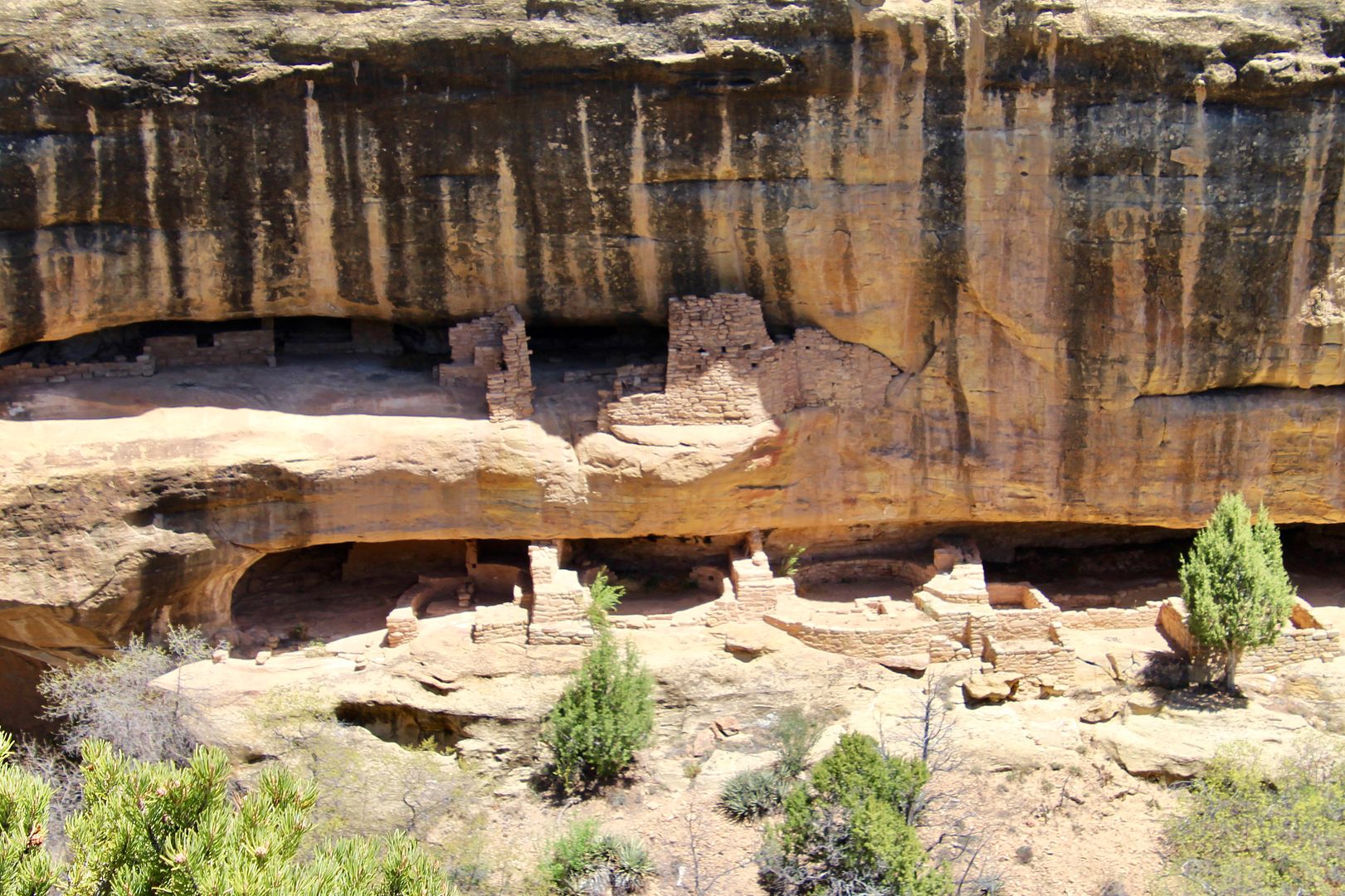
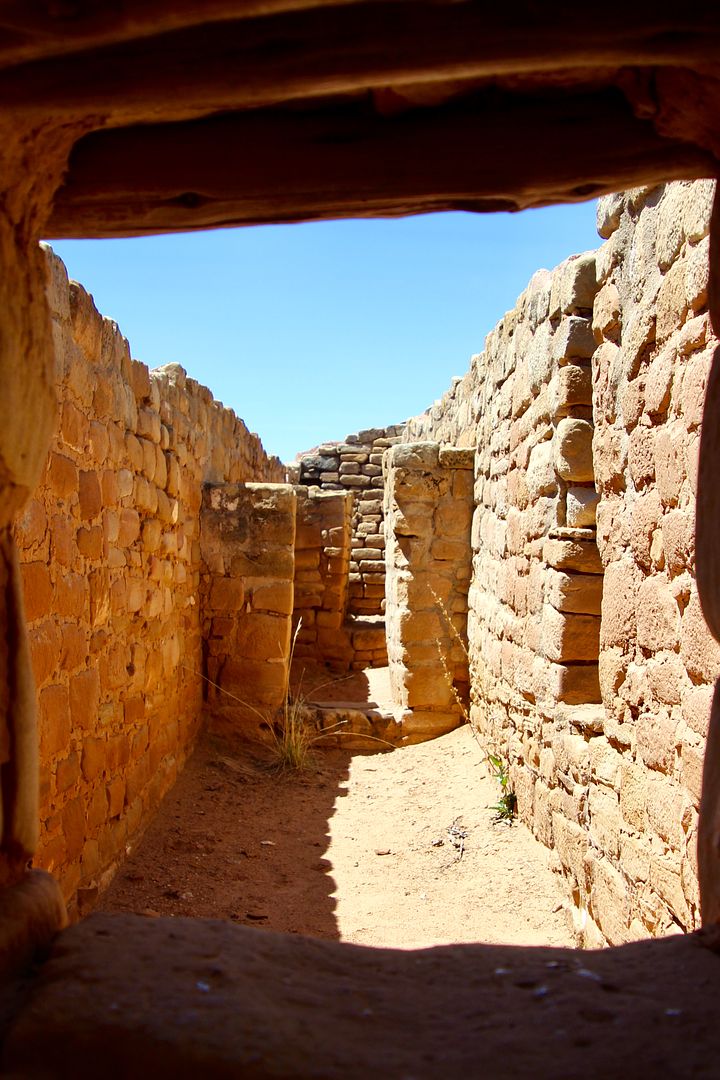
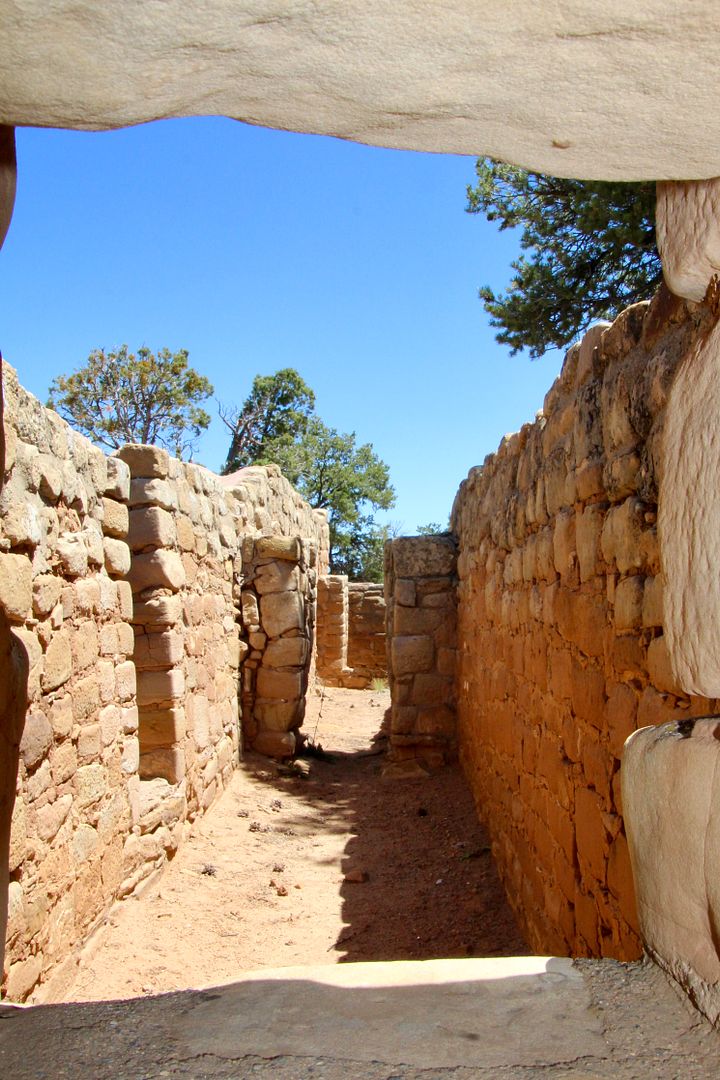
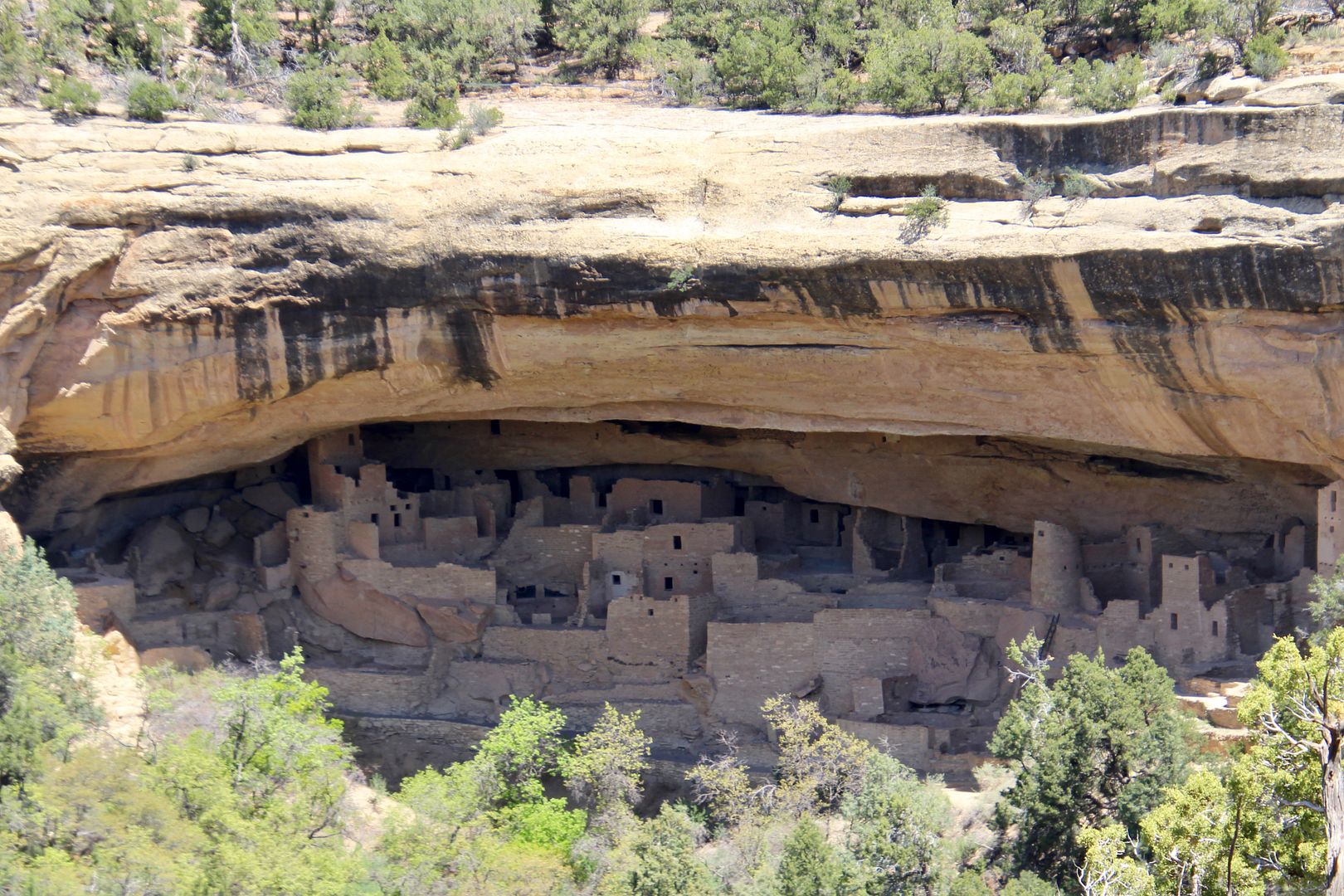
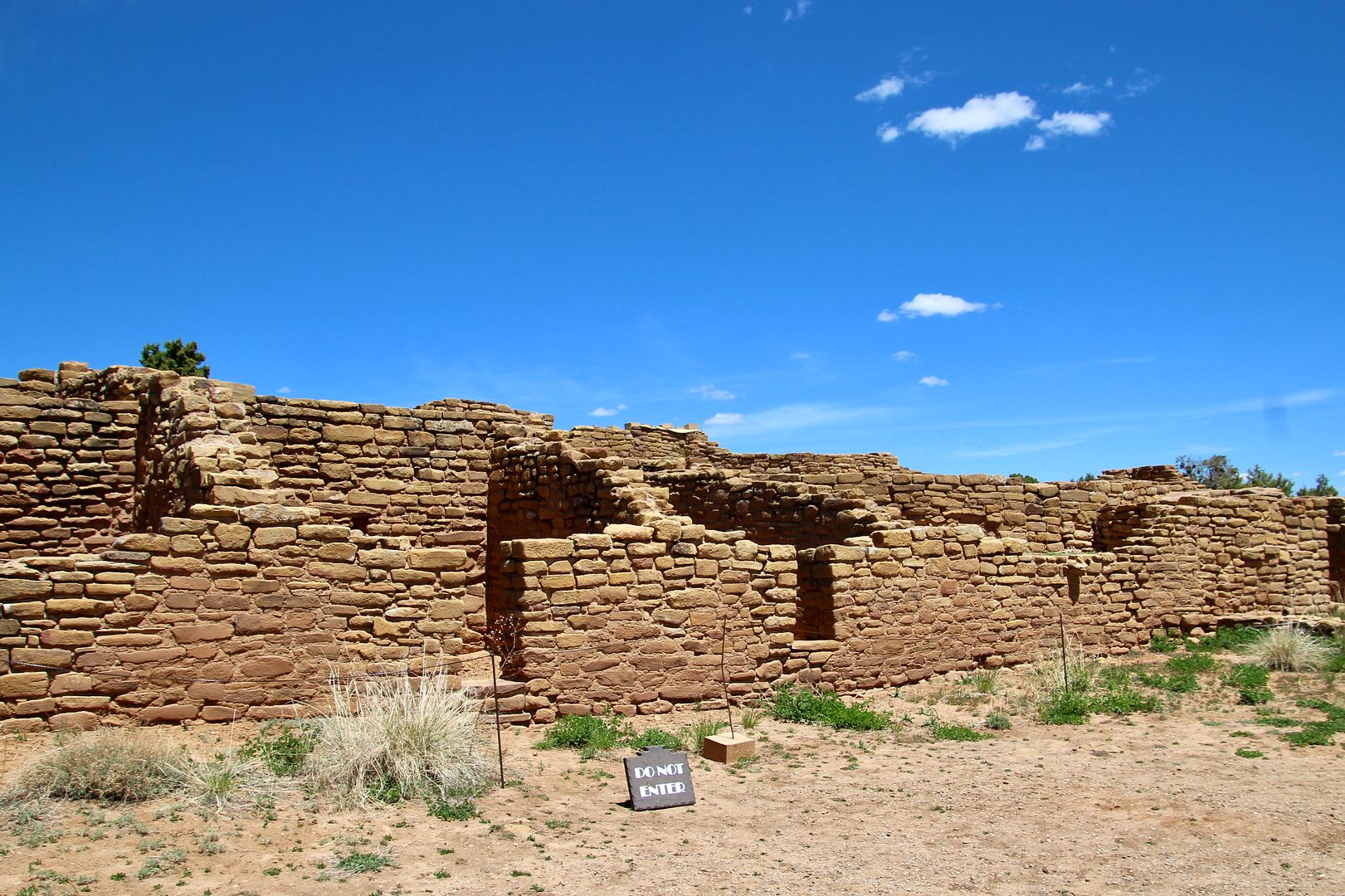


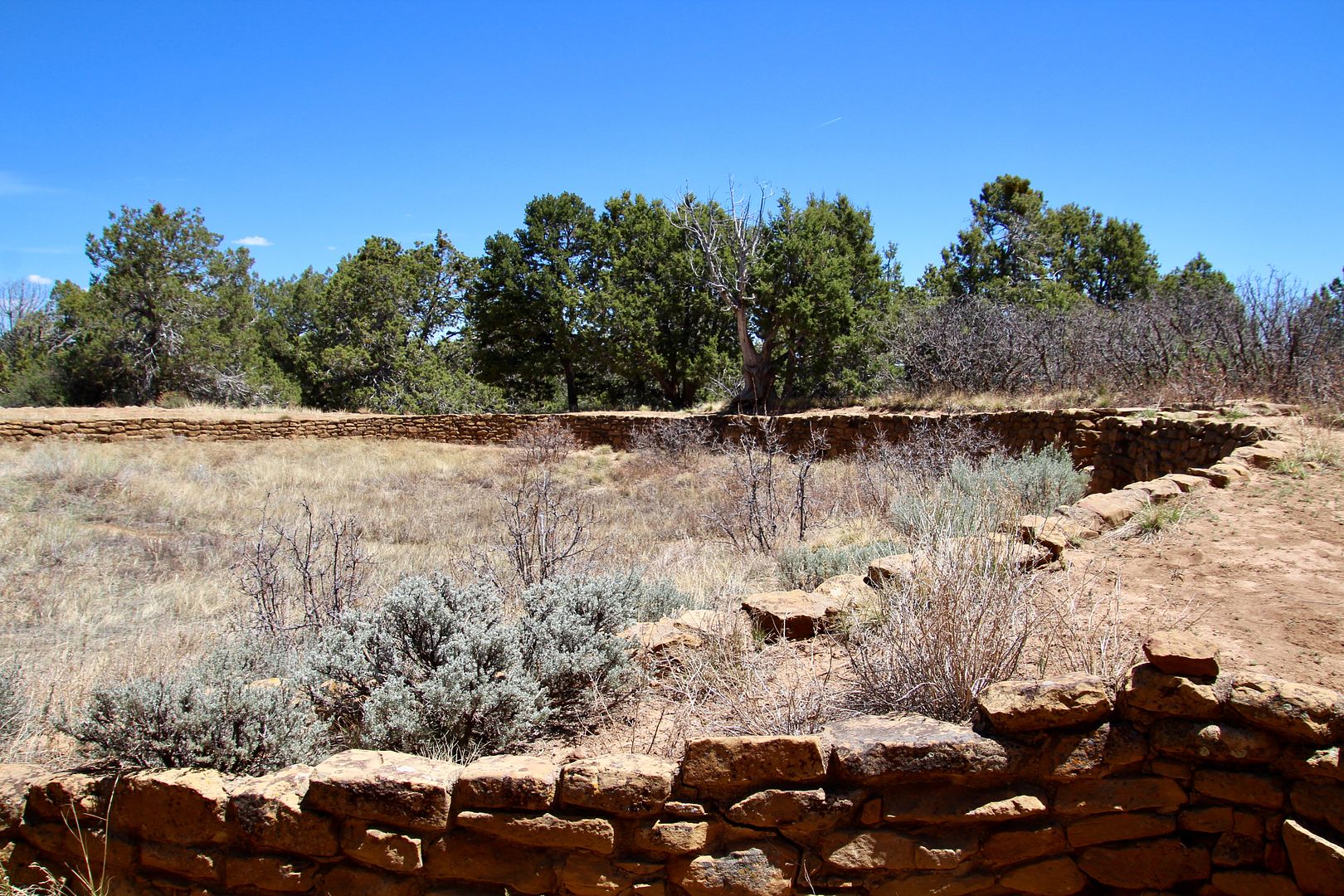

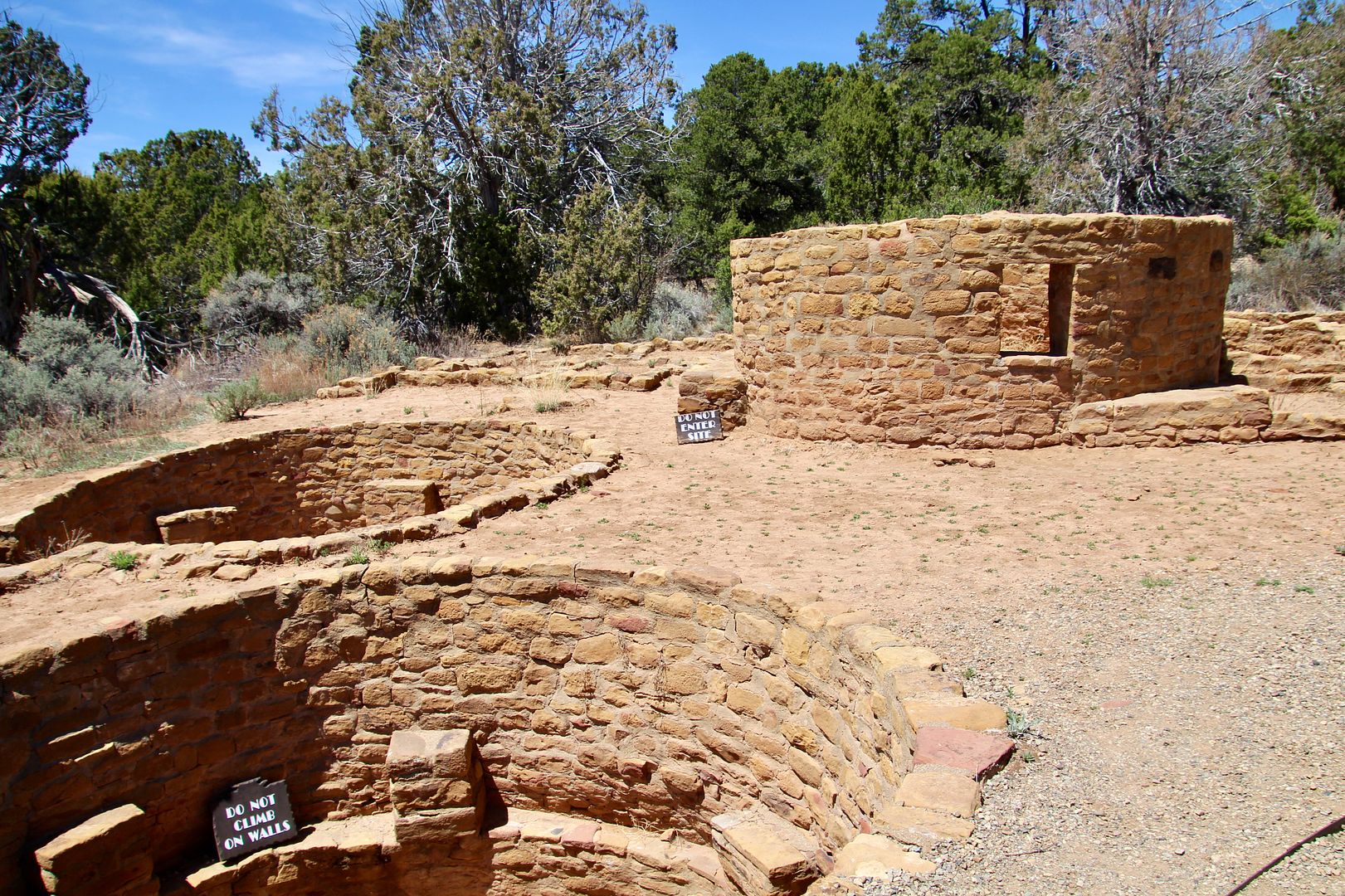
One of our favorites also.
ReplyDelete